Forums
- Forums
- Duggy's Reference Hangar
- Luftwaffe Library
- Dornier Do X
Dornier Do X
Post a reply
- Go to Previous topic
- Go to Next topic
- Go to Welcome
- Go to Introduce Yourself
- Go to General Discussion
- Go to Screenshots, Images and Videos
- Go to Off topic
- Go to Works in Progress
- Go to Skinning Tips / Tutorials
- Go to Skin Requests
- Go to IJAAF Library
- Go to Luftwaffe Library
- Go to RAF Library
- Go to USAAF / USN Library
- Go to Misc Library
- Go to The Ops Room
- Go to Made in Germany
- Go to Campaigns and Missions
- Go to Works in Progress
- Go to Juri's Air-Raid Shelter
- Go to Campaigns and Missions
- Go to Works in Progress
- Go to Skinpacks
- Go to External Projects Discussion
- Go to Books & Resources
-
7 years agoSun Sep 26 2021, 11:57amDuggy
 Main AdminThe Dornier Do X was the largest, heaviest, and most powerful flying boat in the world when it was produced by the Dornier company of Germany in 1929. First conceived by Dr. Claude Dornier in 1924, planning started in late 1925 and after over 240,000 work-hours it was completed in June 1929.
Main AdminThe Dornier Do X was the largest, heaviest, and most powerful flying boat in the world when it was produced by the Dornier company of Germany in 1929. First conceived by Dr. Claude Dornier in 1924, planning started in late 1925 and after over 240,000 work-hours it was completed in June 1929.
The Do X was financed by the German Transport Ministry and in order to circumvent conditions of the Treaty of Versailles, which forbade any aircraft exceeding set speed and range limits to be built by Germany after World War I, a specially designed plant was built at Altenrhein, on the Swiss portion of Lake Constance.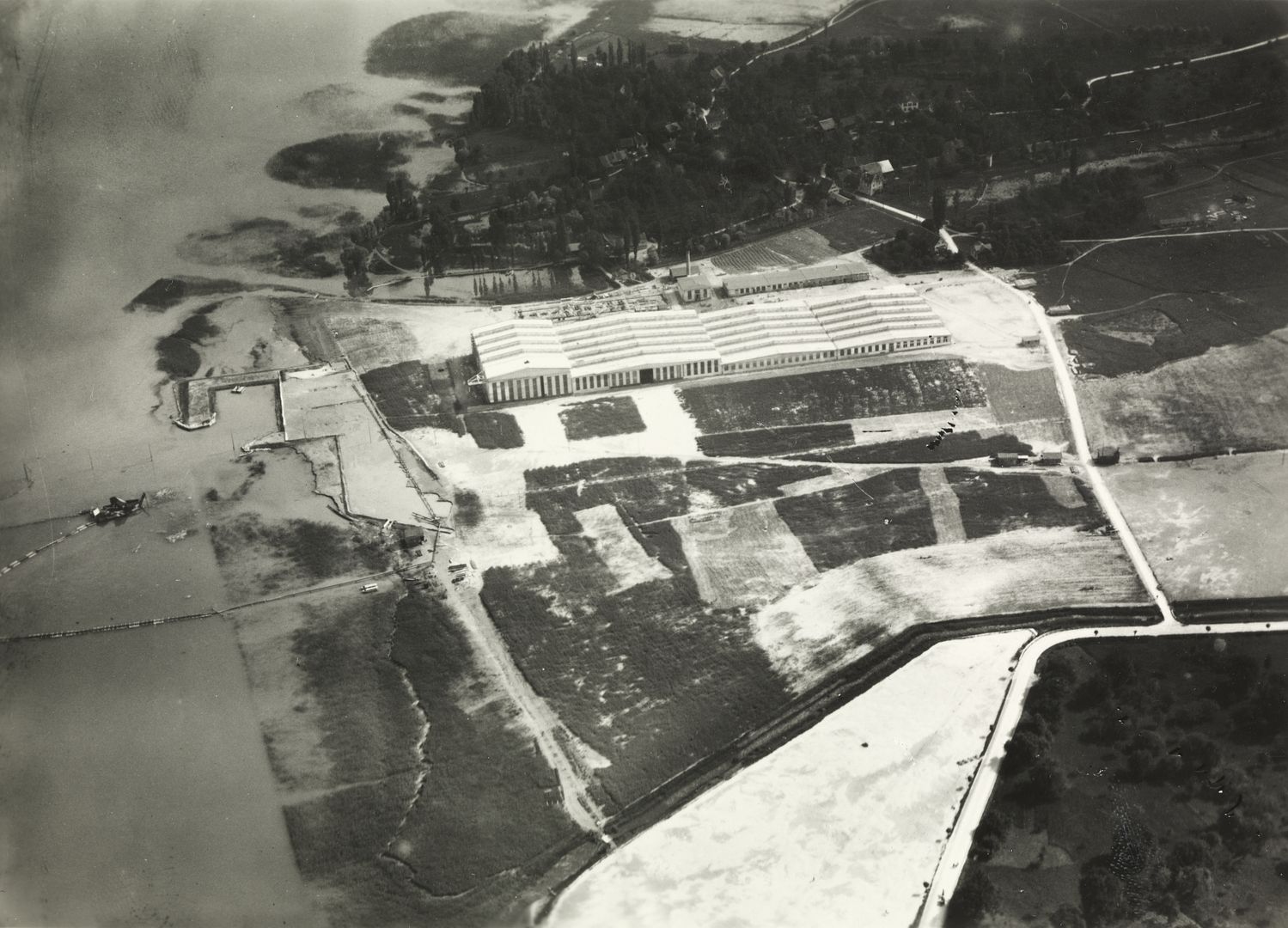
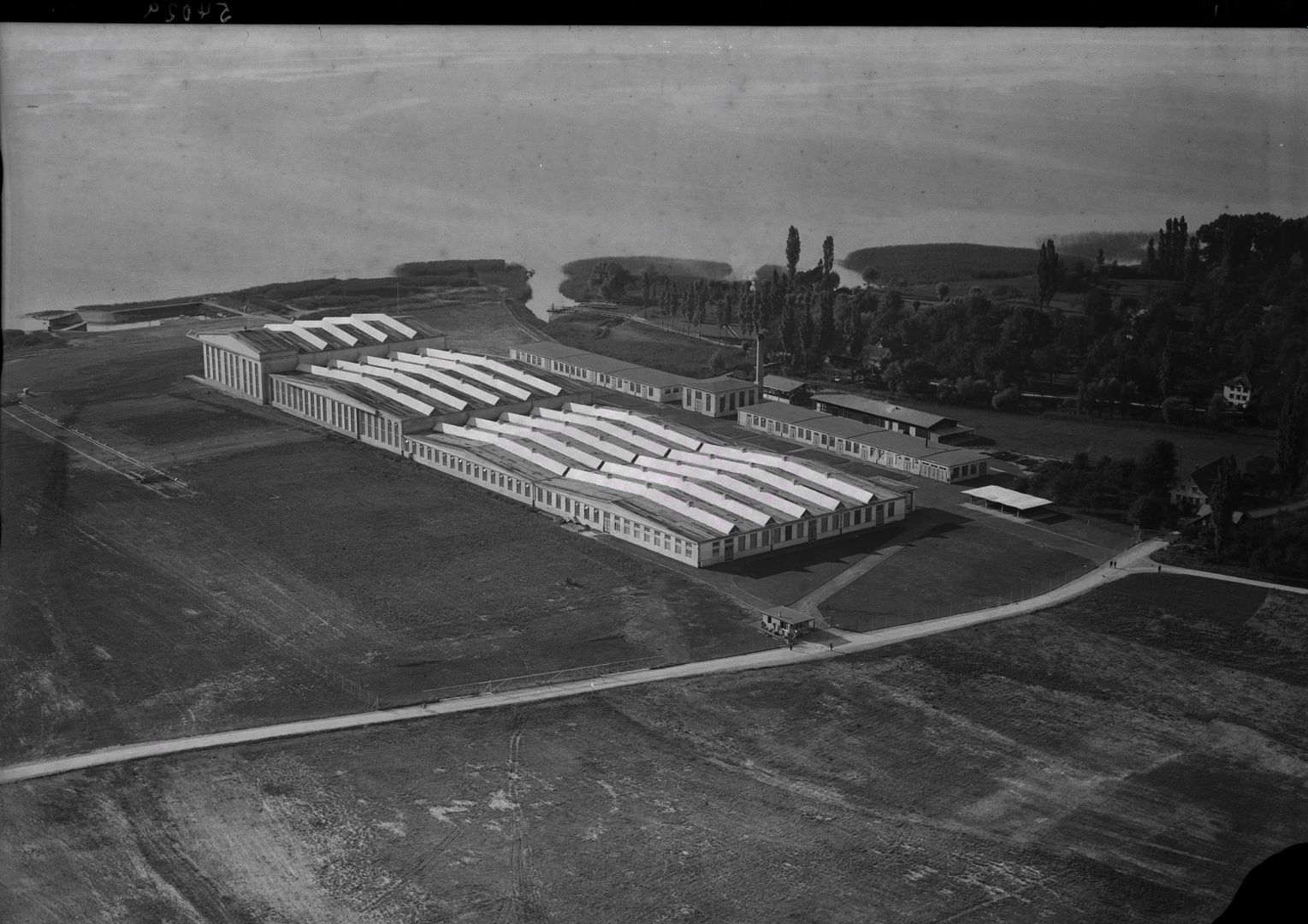
Design
It was initially powered by twelve 391 kW (524 hp) Siemens-built Bristol Jupiter radial engines in tandem mountings (i.e. a "push-pull" configuration), with six tractor propellers and six pushers mounted in six strut-mounted nacelles above the wing. The nacelles were joined by an auxiliary wing whose purpose was to stabilize the mountings. The air-cooled Jupiter engines were prone to overheating and could barely lift the Do X to an altitude of 425 m (1,400 ft). The engines were supervised by a flight engineer, who also controlled the 12 throttles and monitored the 12 sets of engine gauges. The pilot would ask the engineer to adjust the power setting, in a manner similar to the system used on maritime vessels, i.e. an engine order telegraph. Indeed, many aspects of the aircraft echoed nautical arrangements of the time, including the flight deck, which bore a strong resemblance to bridge of a vessel.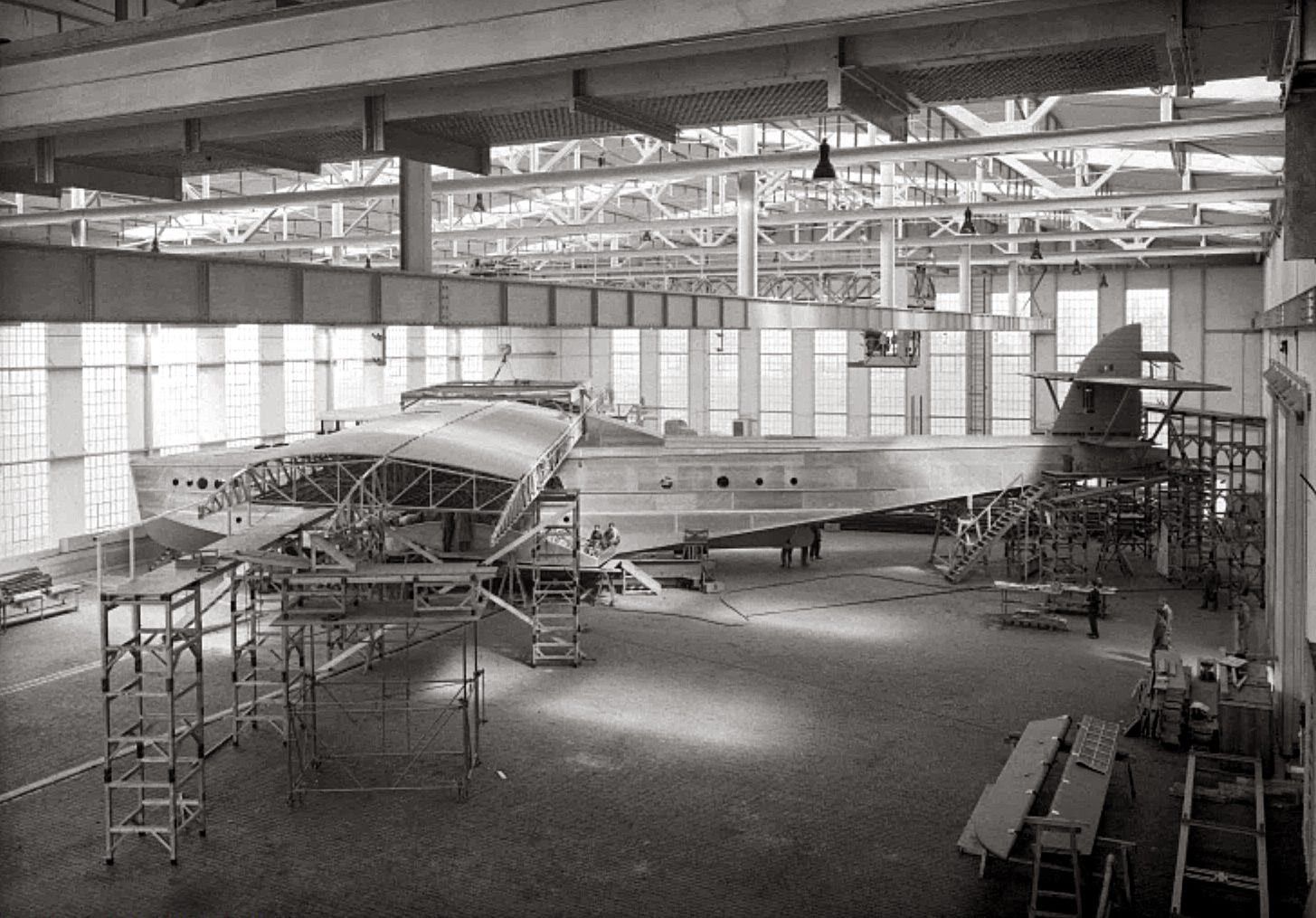
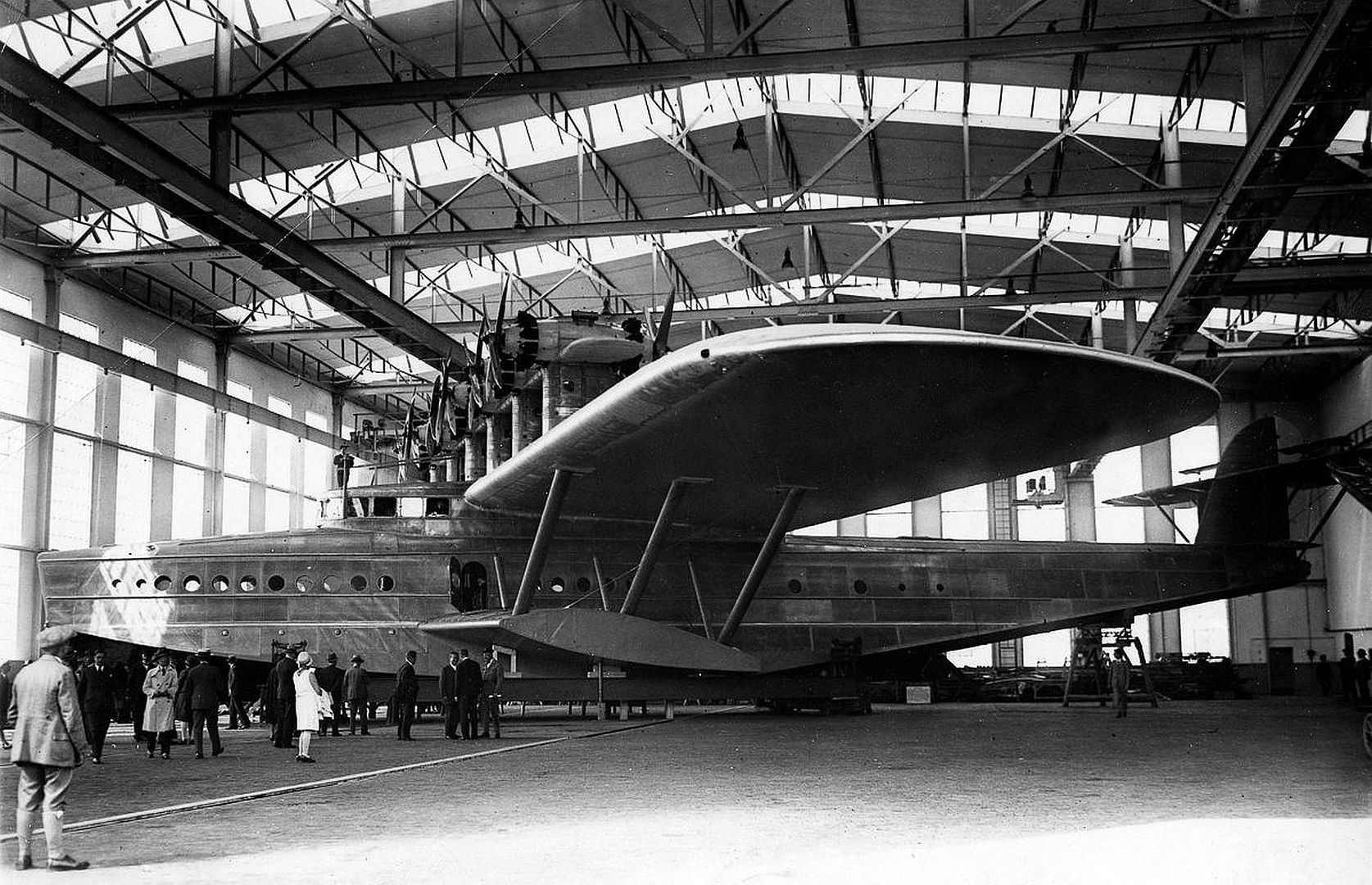

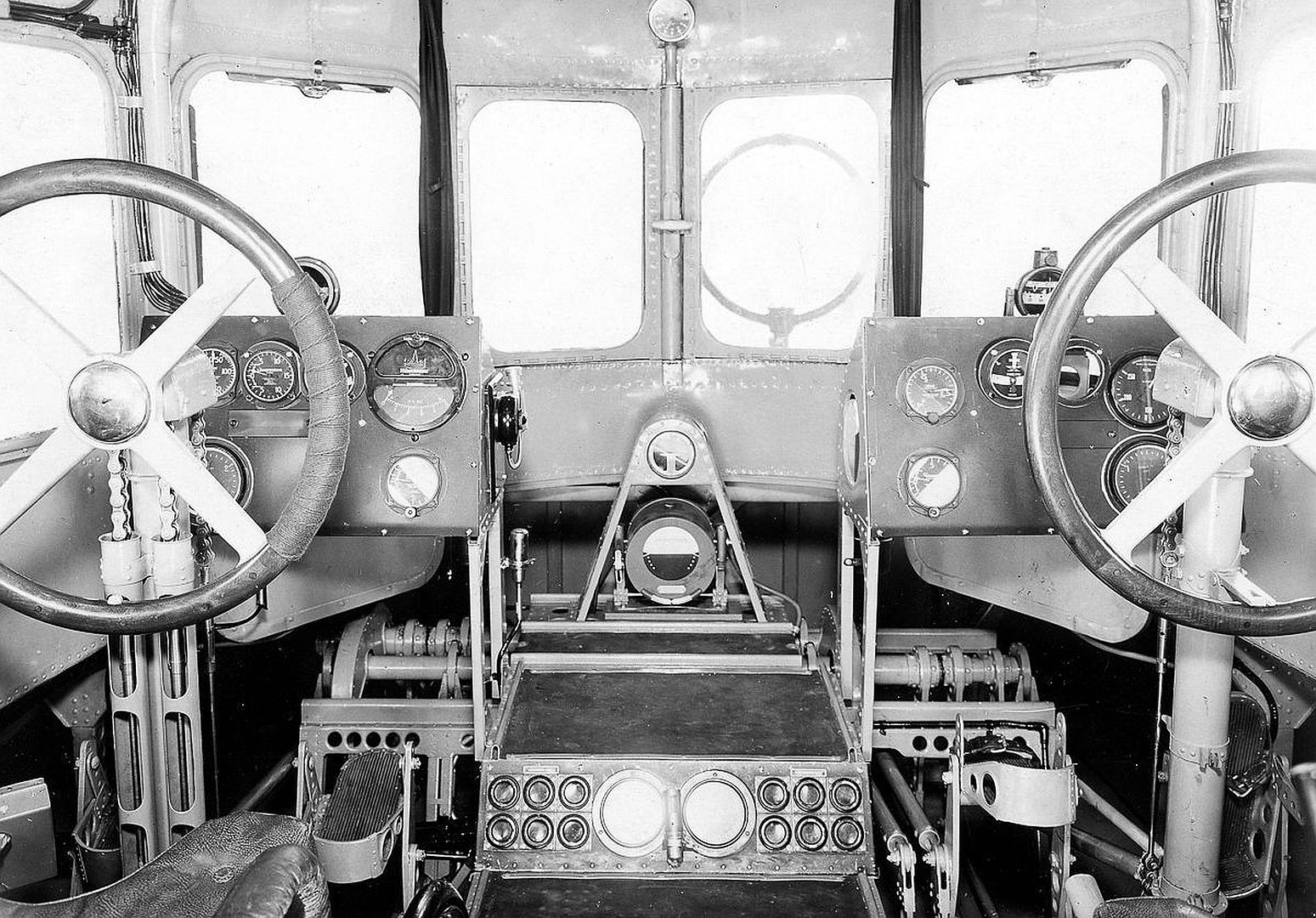
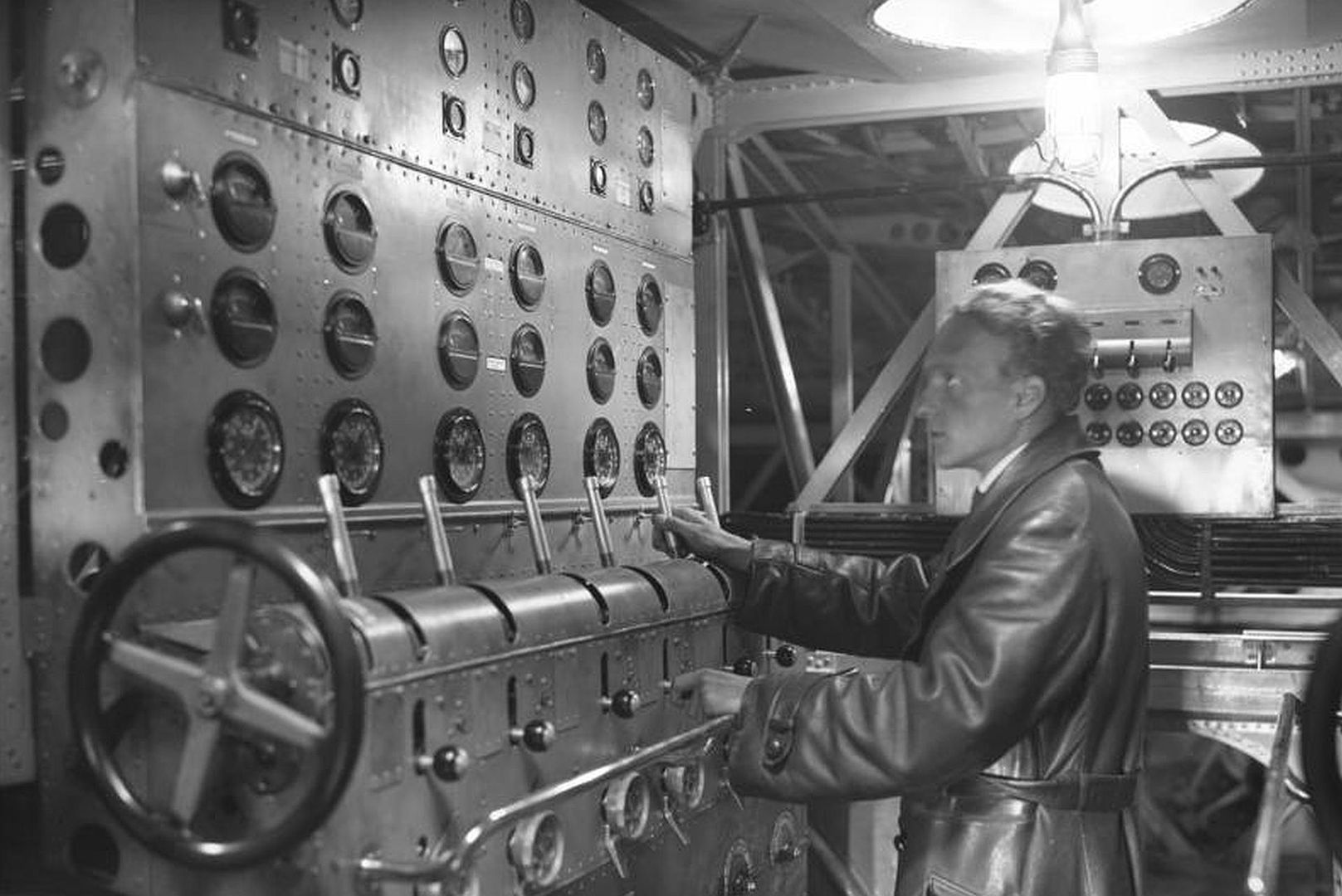
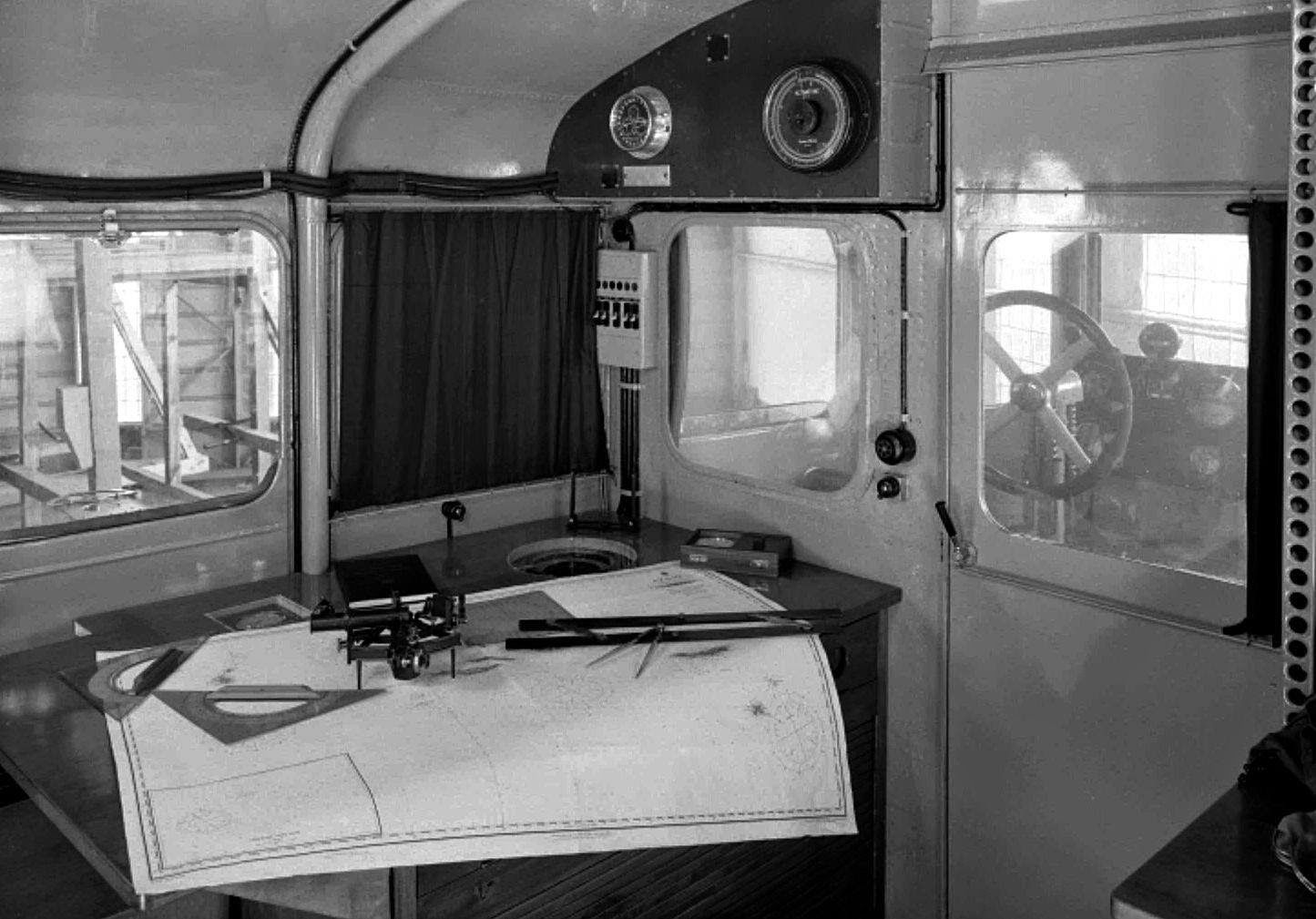
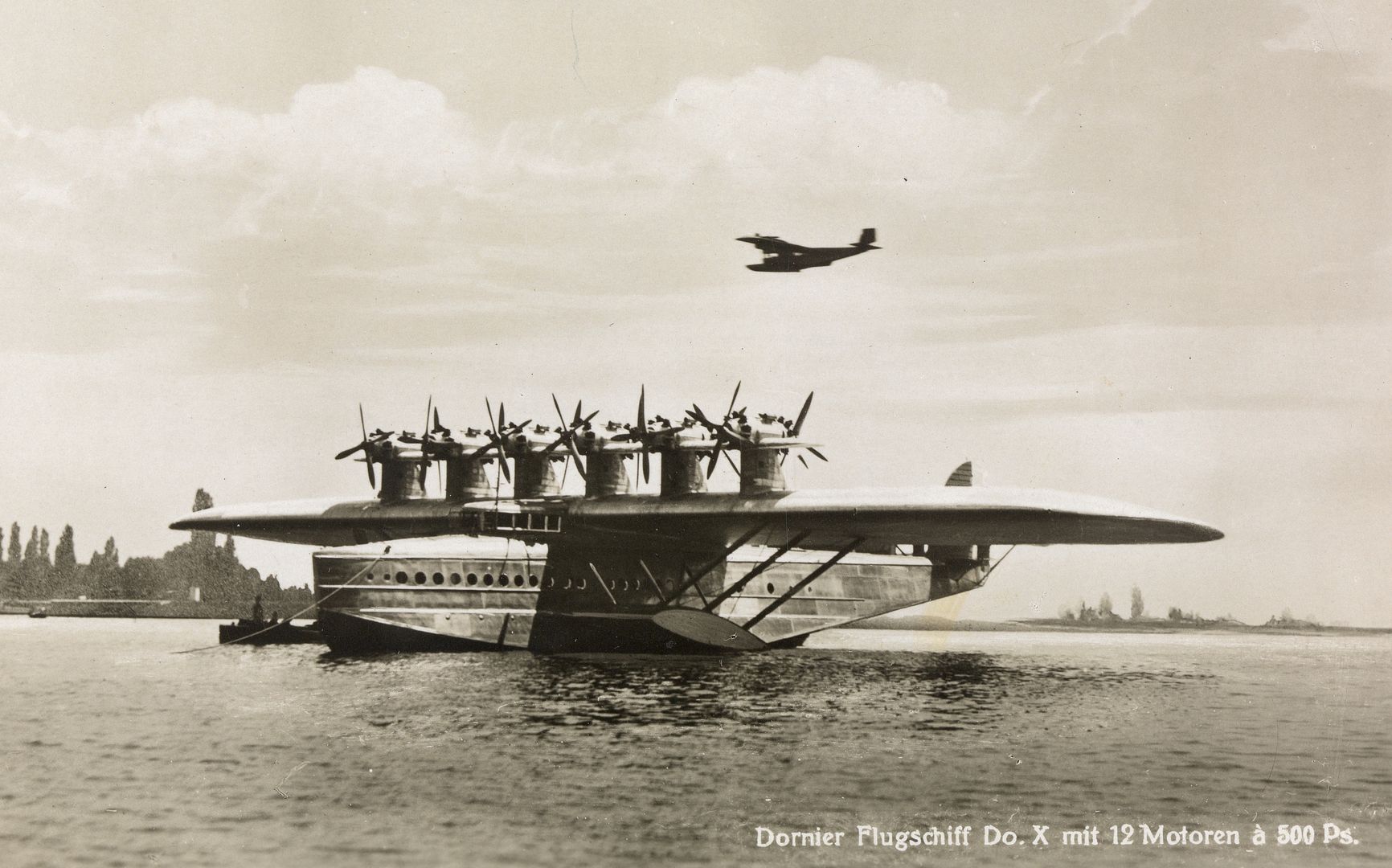
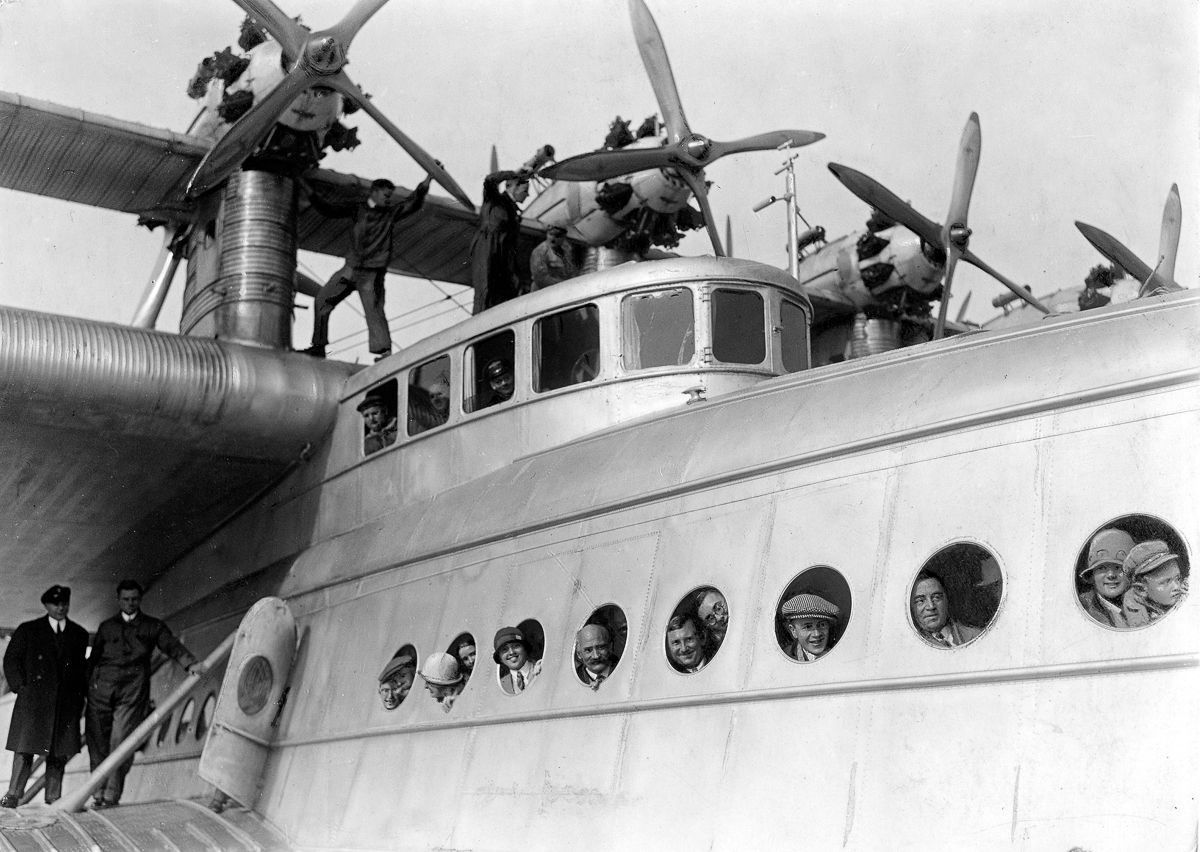
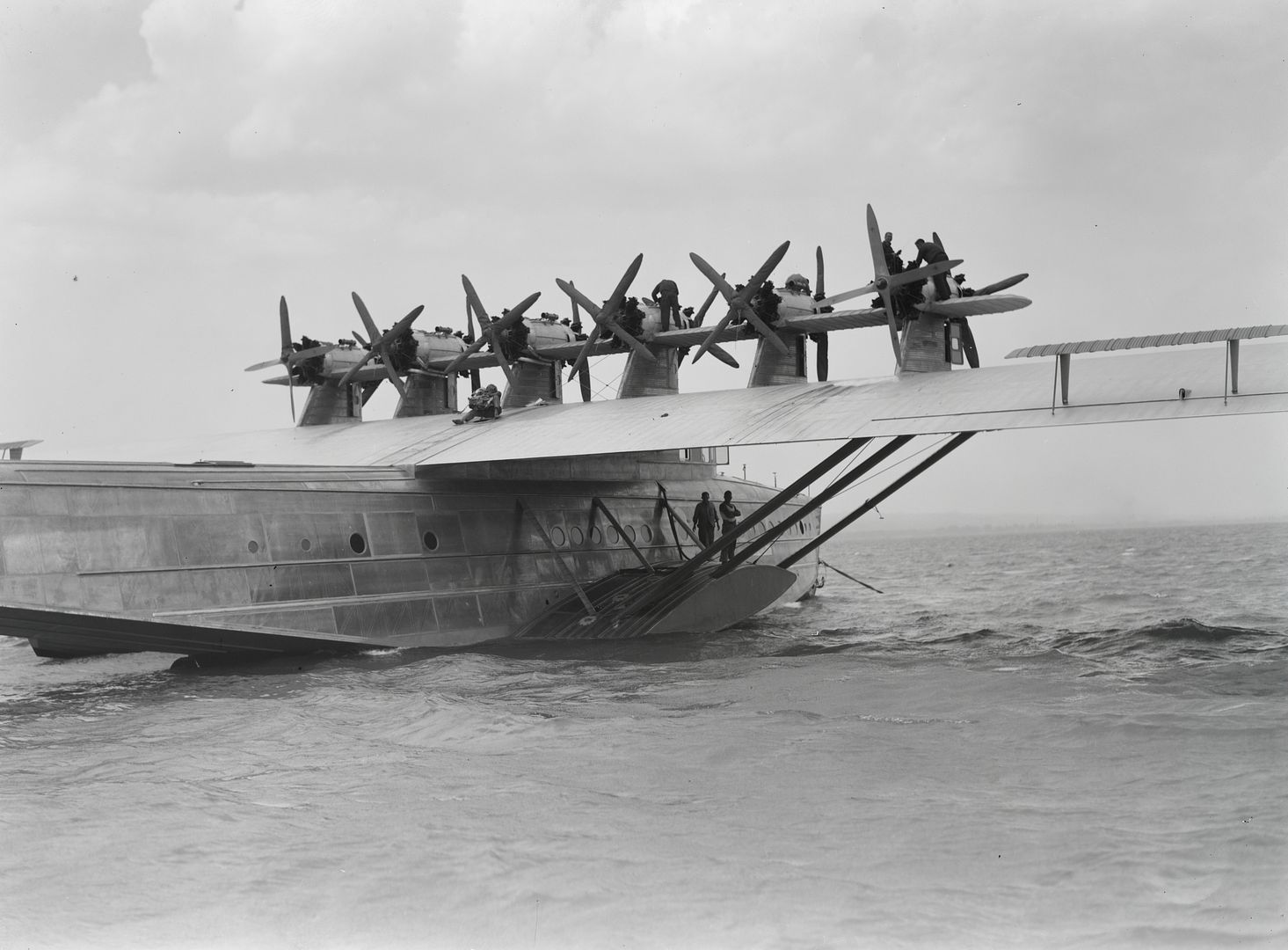
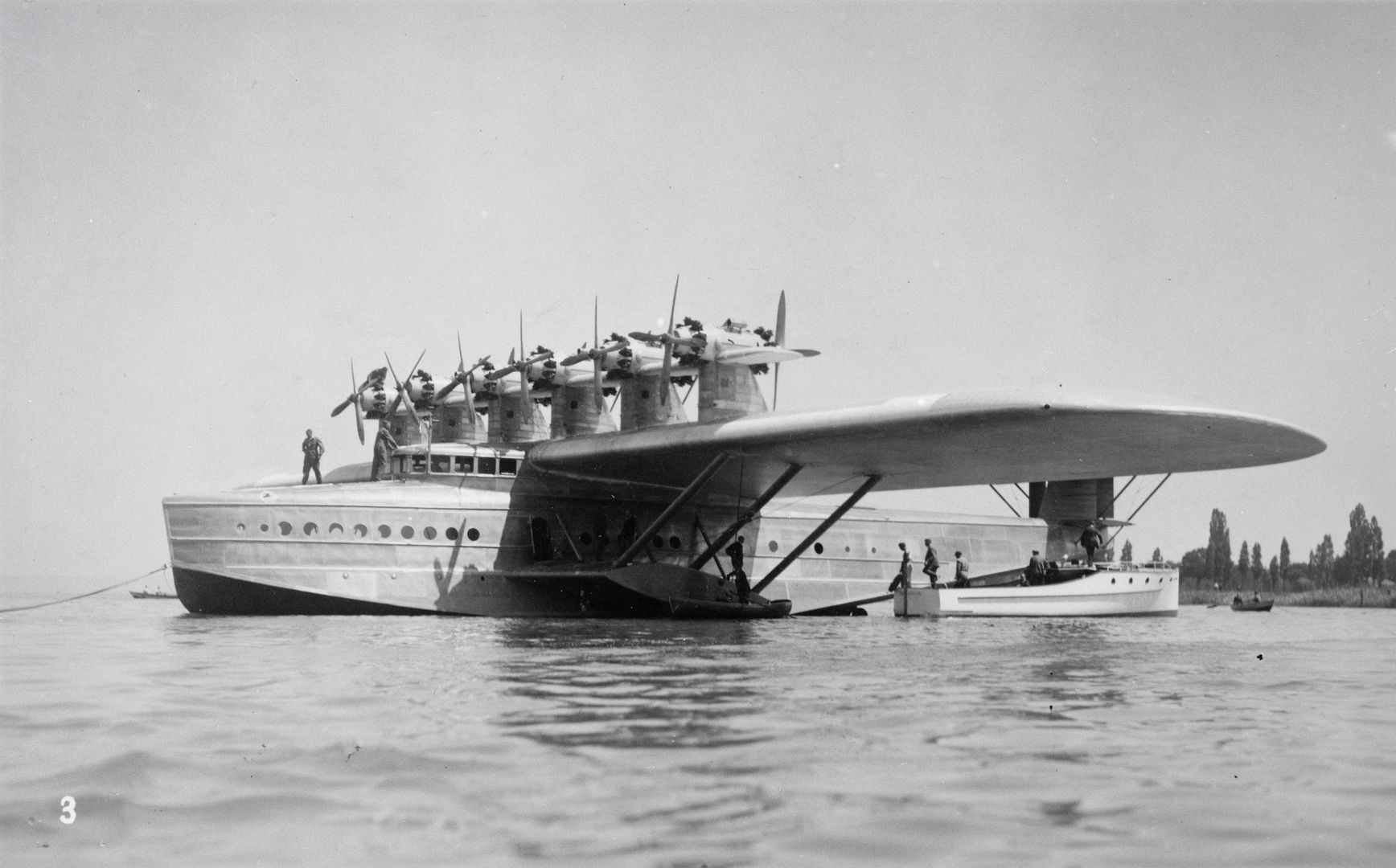
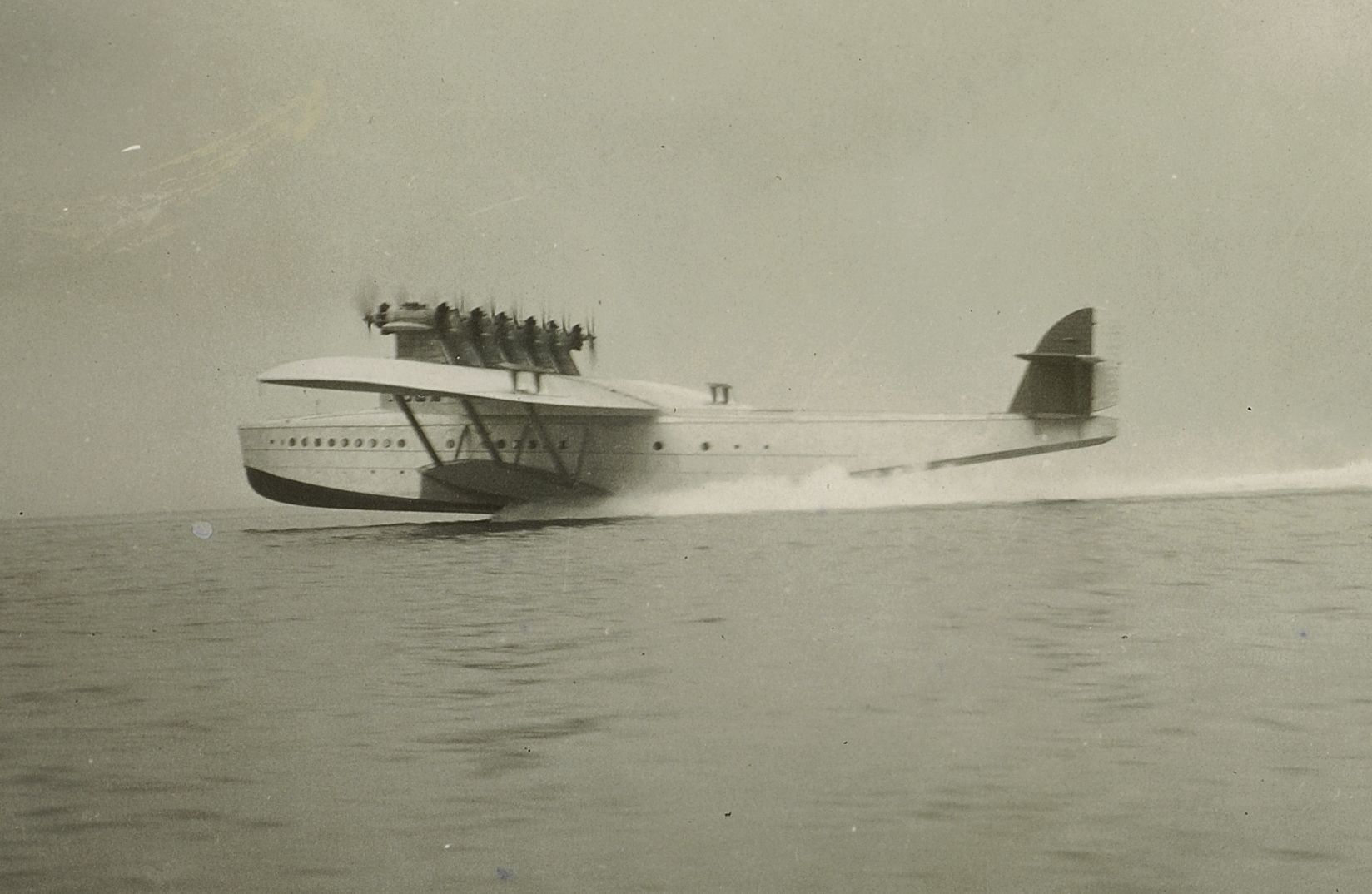
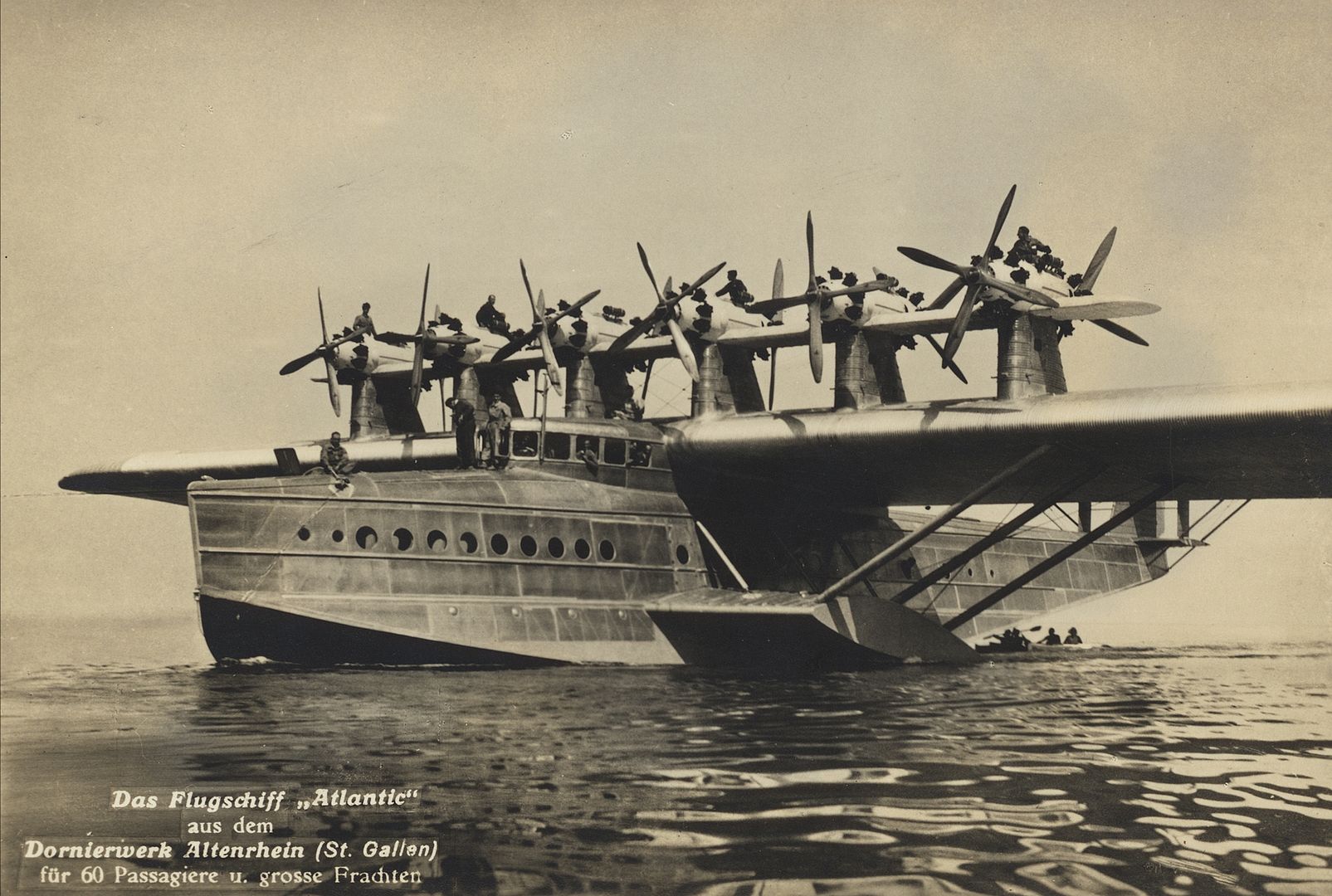
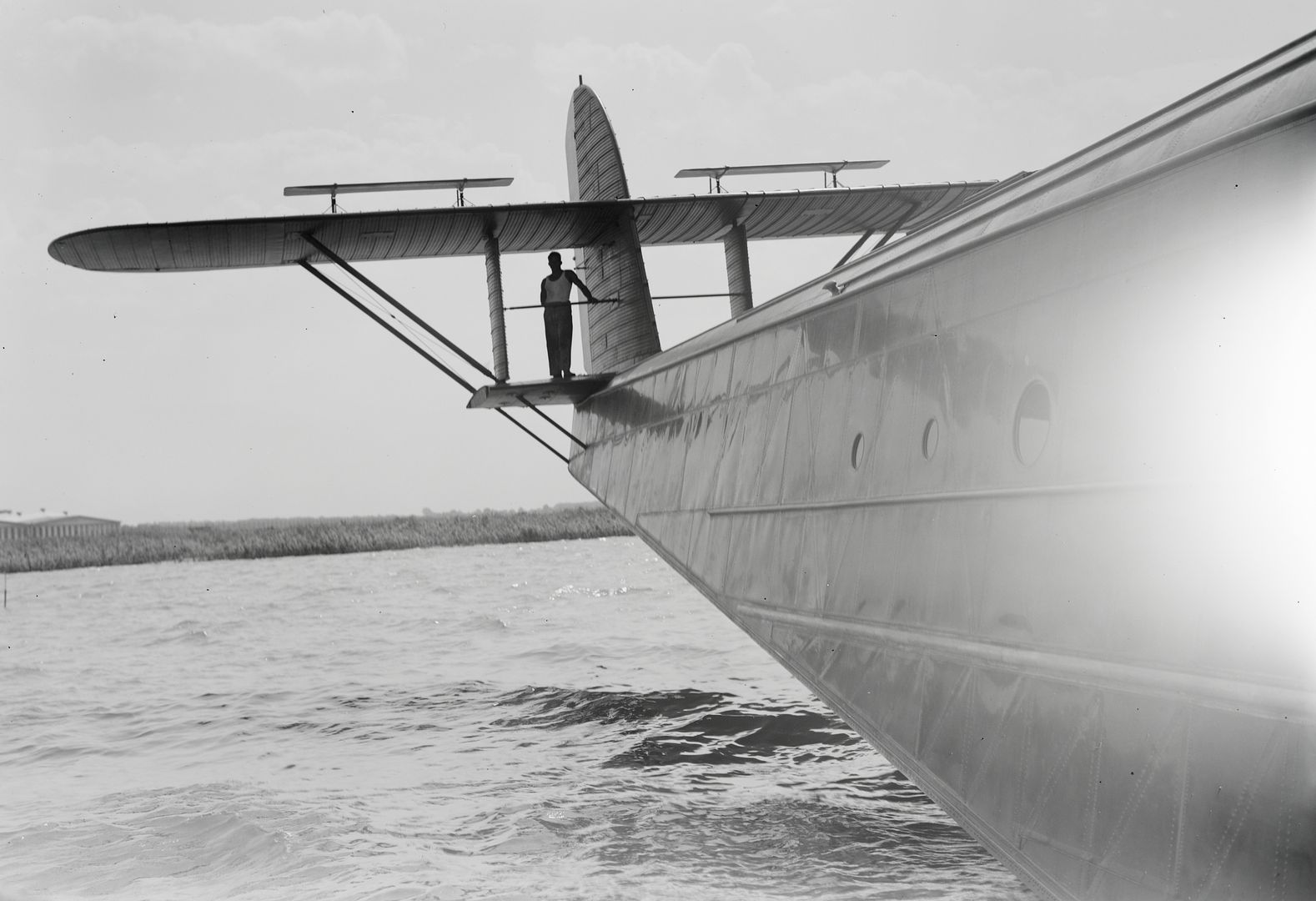

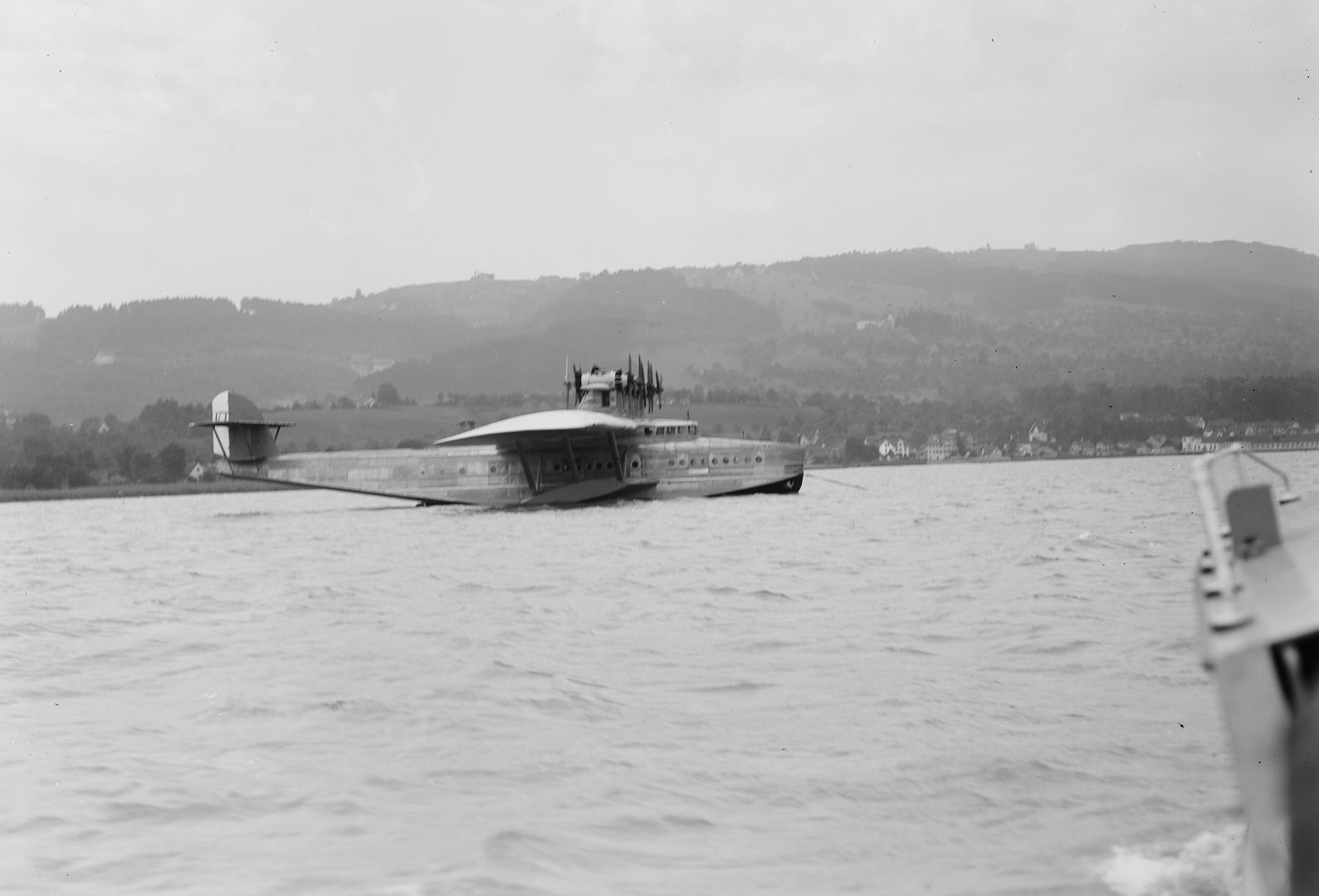
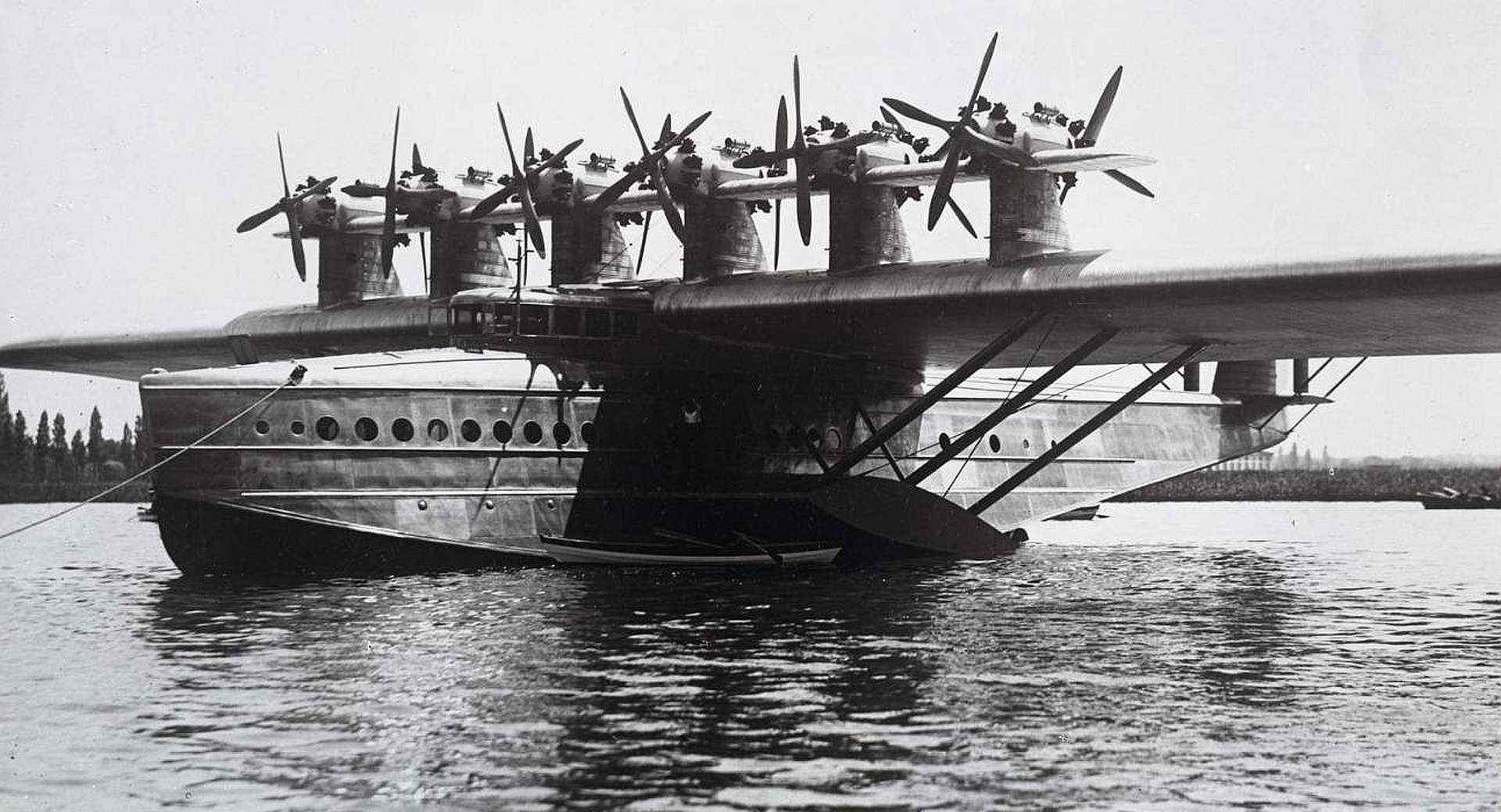
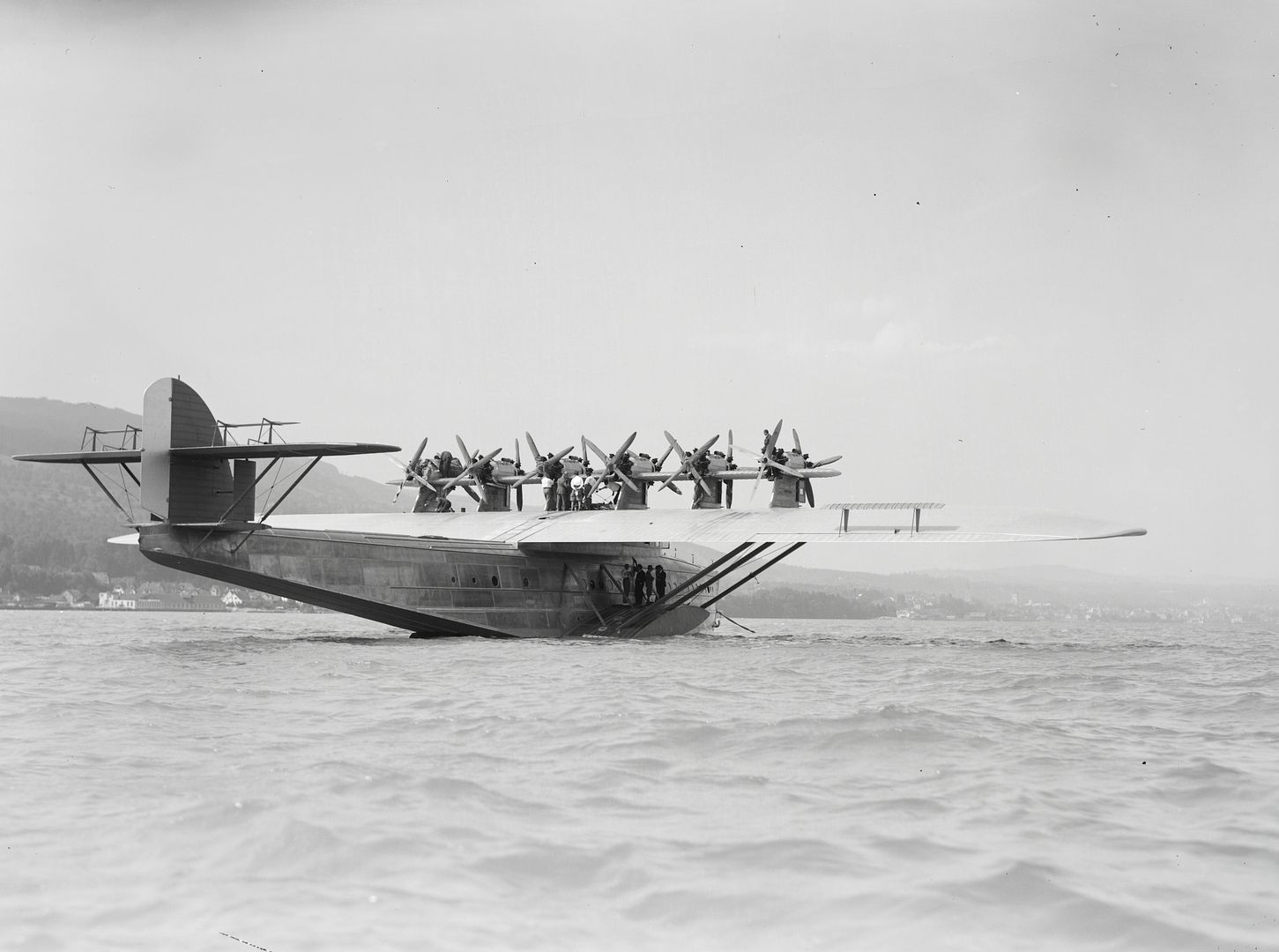
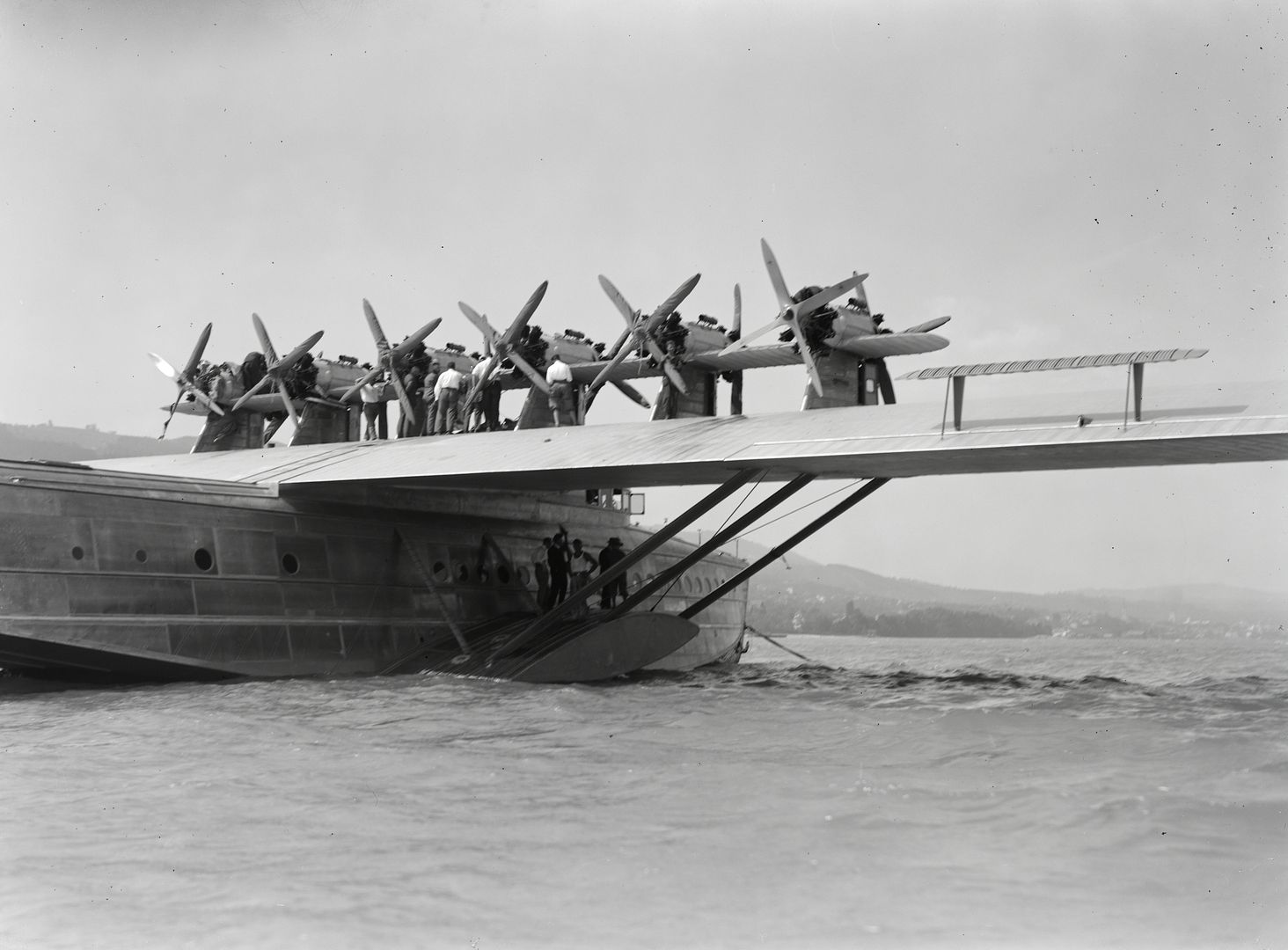
After completing 103 flights in 1930, the Do X was refitted with 455 kW (610 hp) Curtiss V-1570 "Conqueror" water-cooled V-12 engines. Only then was it able to reach the altitude of 500 m (1,650 ft) necessary to cross the Atlantic.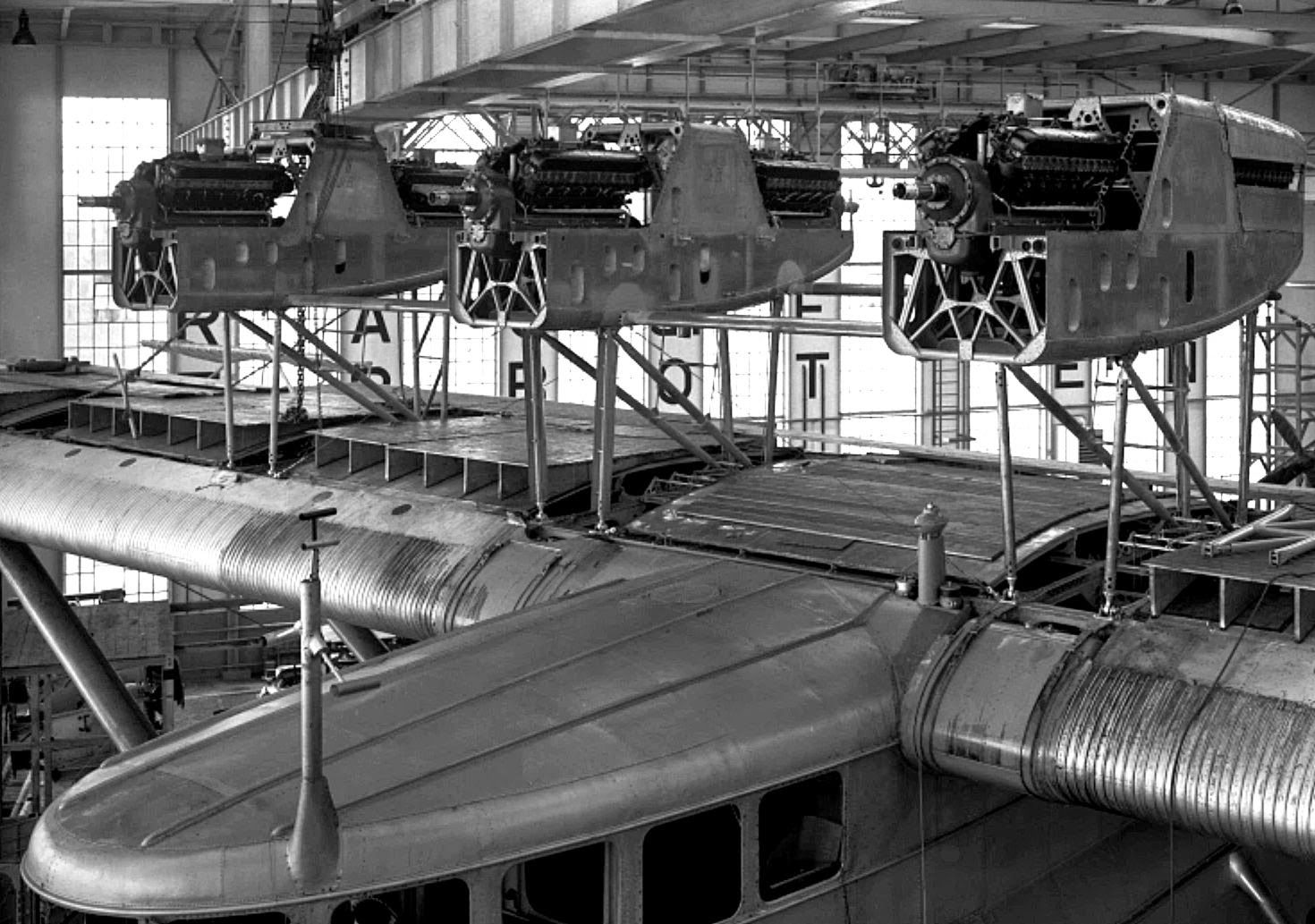
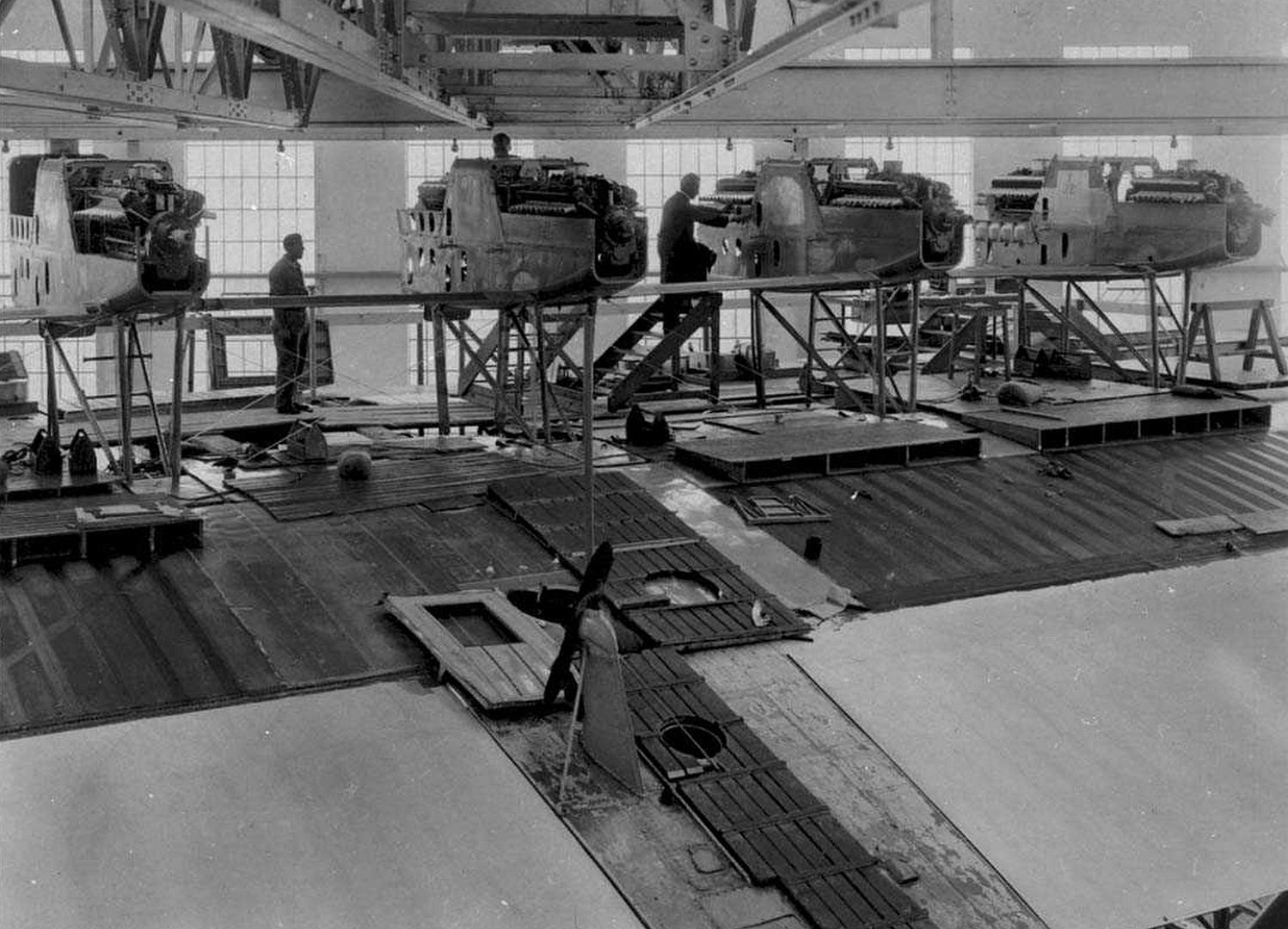

Dornier designed the flying boat to carry 66 passengers on long-distance flights or 100 passengers on short flights.
The luxurious passenger accommodation approached the standards of transatlantic liners. There were three decks. On the main deck was a smoking room with its own wet bar, a dining salon, and seating for the 66 passengers which could also be converted to sleeping berths for night flights. Aft of the passenger spaces was an all-electric galley, lavatories, and cargo hold. The cockpit, navigational office, engine control and radio rooms were on the upper deck. The lower deck held fuel tanks and nine watertight compartments, only seven of which were needed to provide full flotation. Similar to the later Boeing 314, the Do-X lacked conventional wing floats, instead using fuselage mounted "stub wings" to stabilize the craft in the water, which also doubled as an embarkation platform for passengers.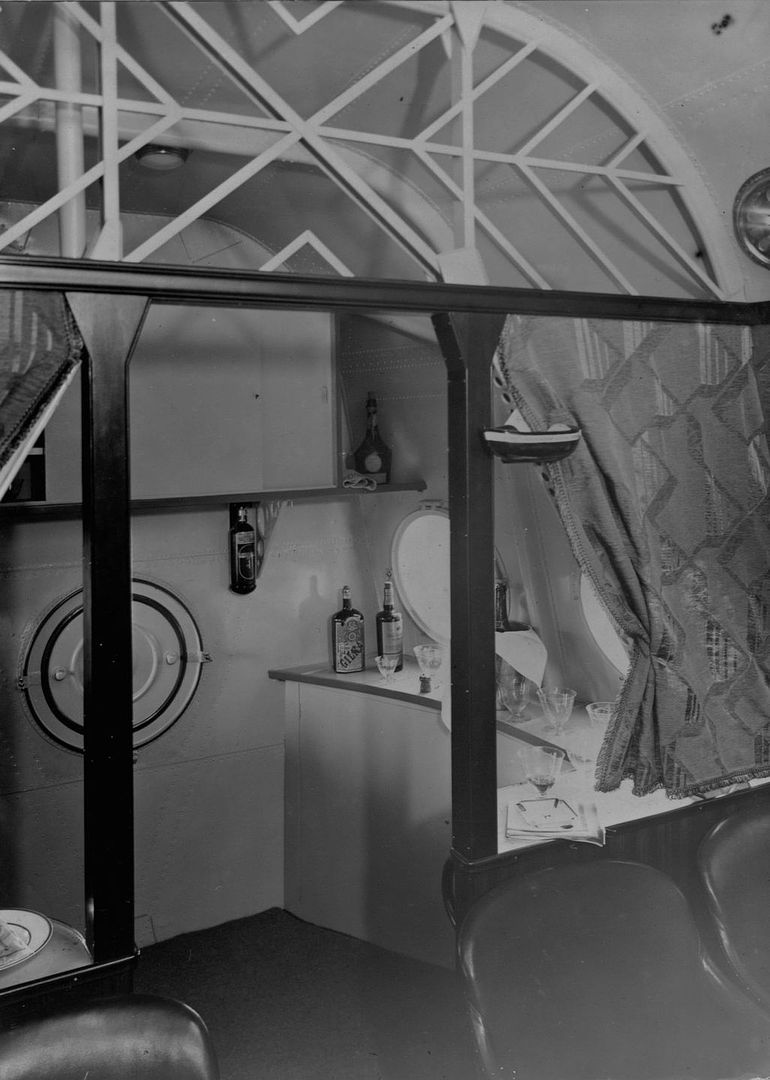
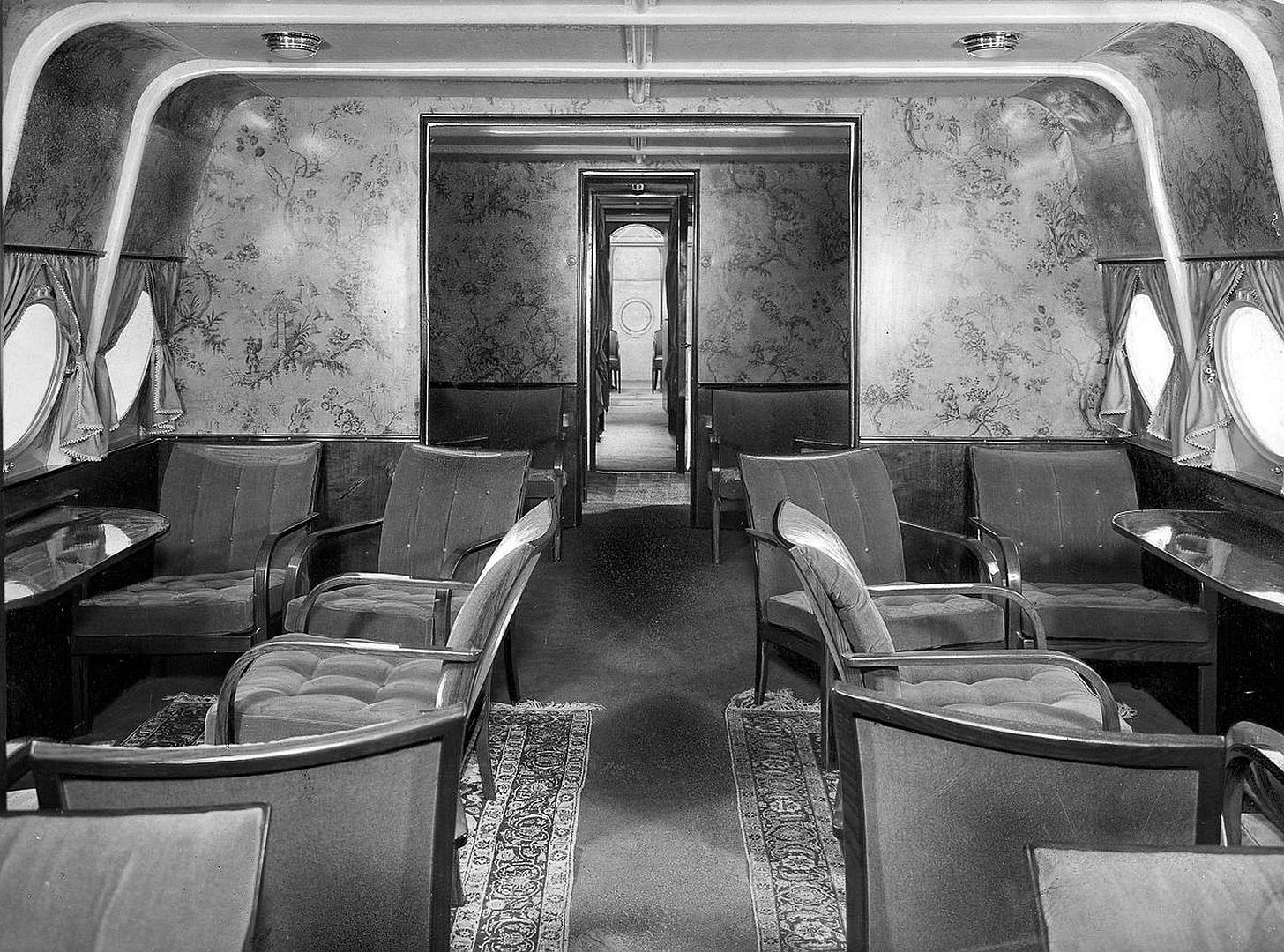
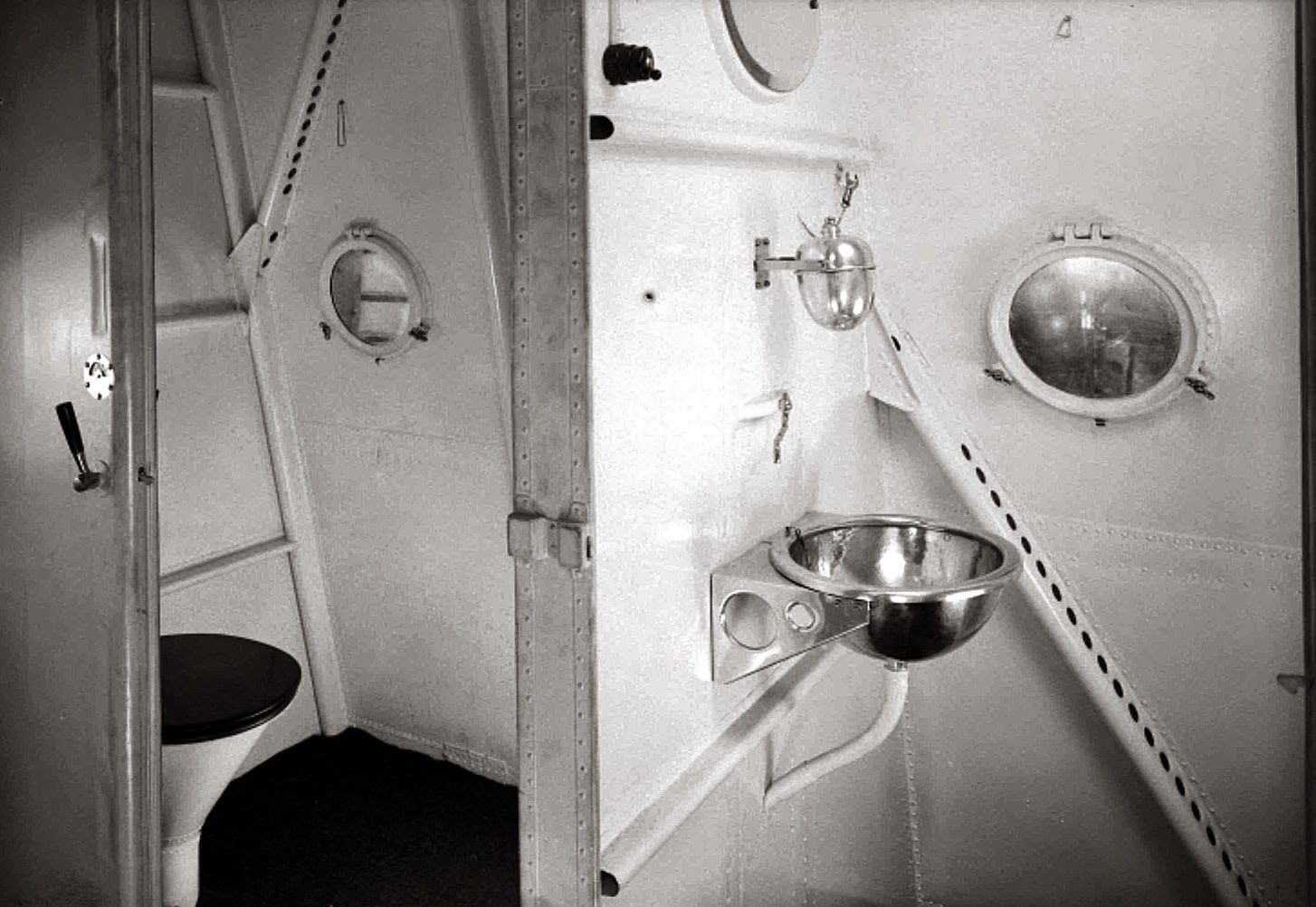
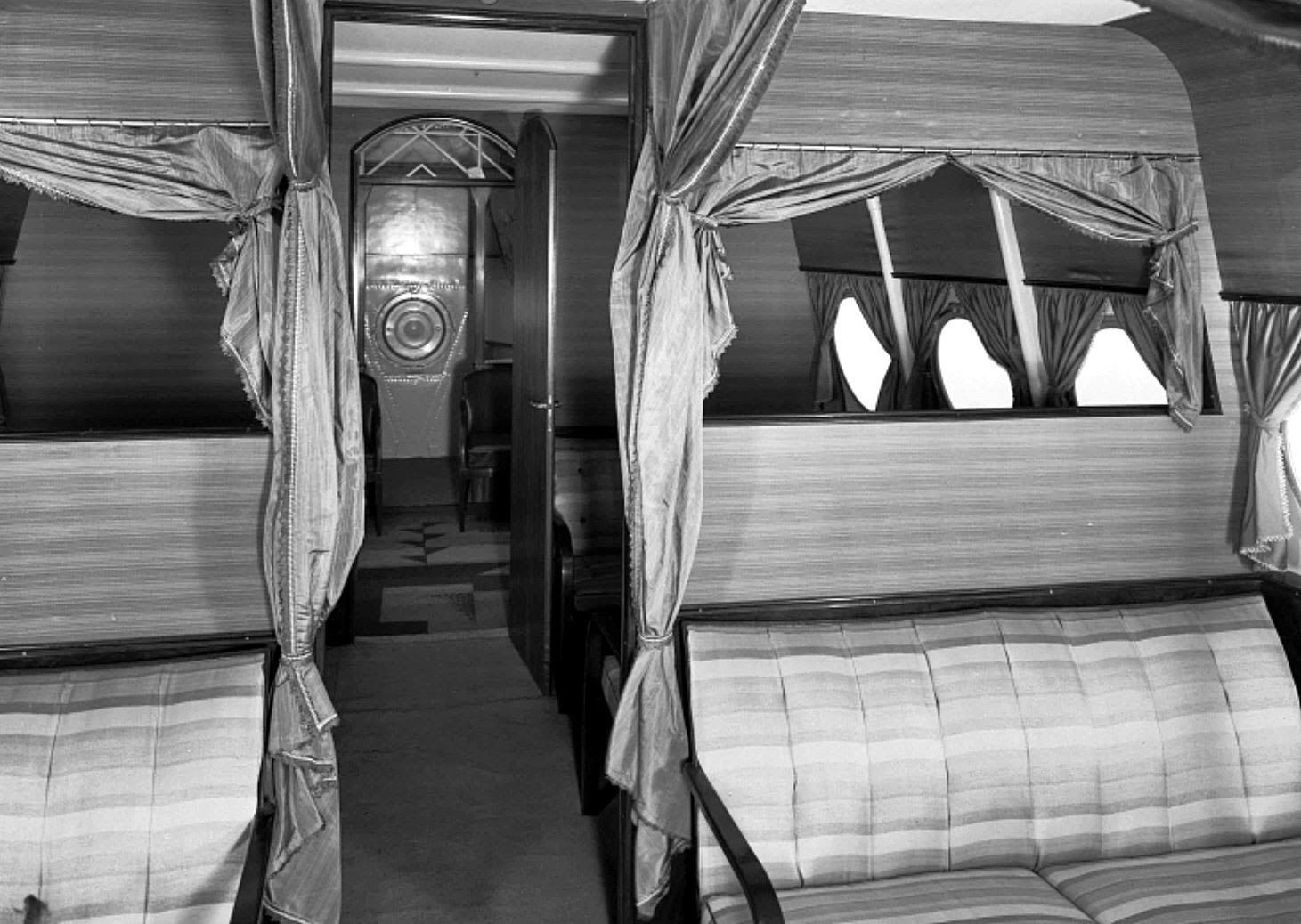
Operation
he Flugschiff ("flying ship"), as it was called, was launched for its first test flight on 12 July 1929, with a crew of 14. In order to satisfy skeptics, on its 70th test flight on 21 October there were 169 on board of which 150 were passengers (mostly production workers and their families, and a few journalists), ten were aircrew and nine were "stowaways" who did not hold tickets. The flight set a new world record for the number of persons carried on a single flight, a record that was not broken for 20 years. After a takeoff run of 50 seconds the Do X slowly climbed to an altitude of 200 m (650 ft). As a result of its size, passengers were asked to crowd together on one side or the other to help make turns. It flew for 40 minutes (Flug Revue claims it was the 42nd flight and lasted 53 minutes, and historical film shows "fliegt mit 170 personen") at a maximum speed of 170 km/h (105 mph) before landing on Lake Constance.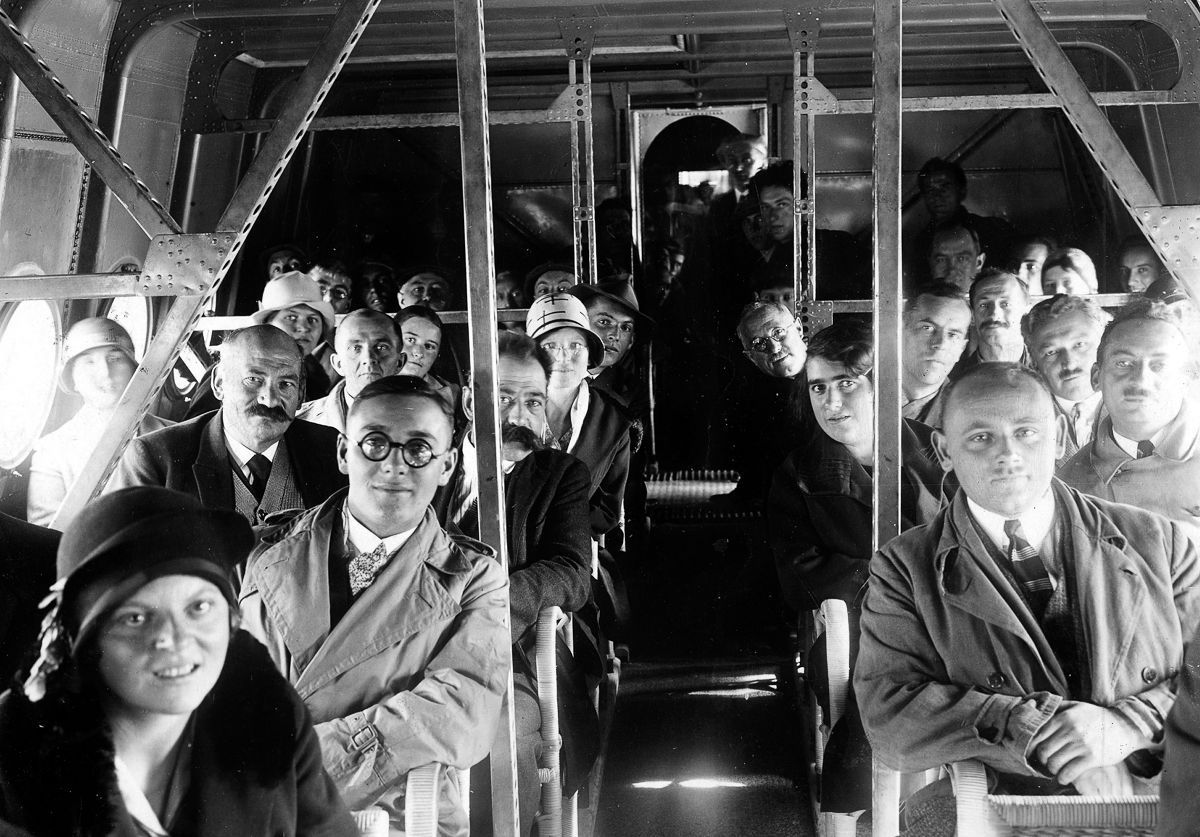
To introduce the airliner to the potential United States market the Do X took off from Friedrichshafen, Germany on 3 November 1930, under the command of Friedrich Christiansen for a transatlantic test flight to New York.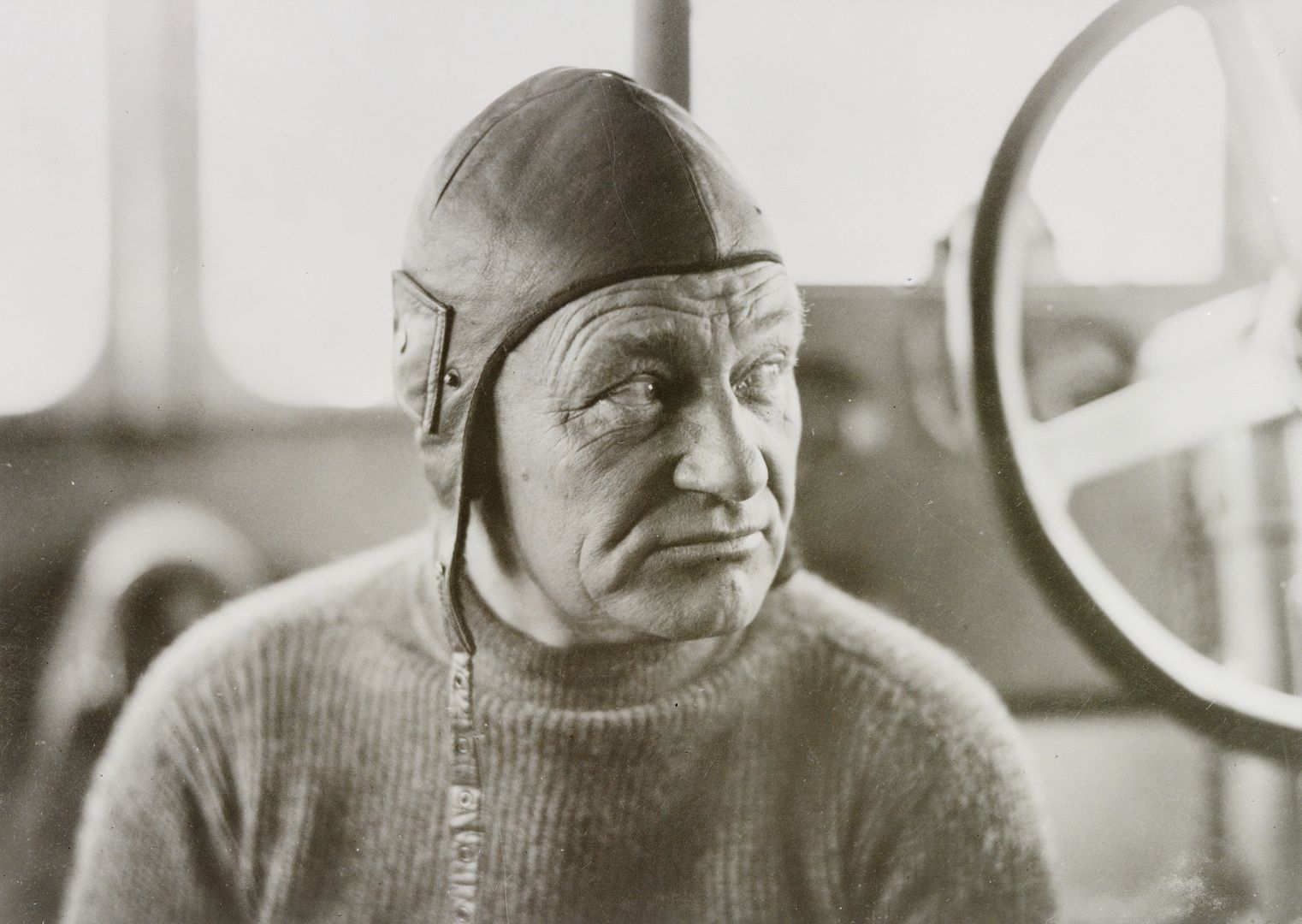
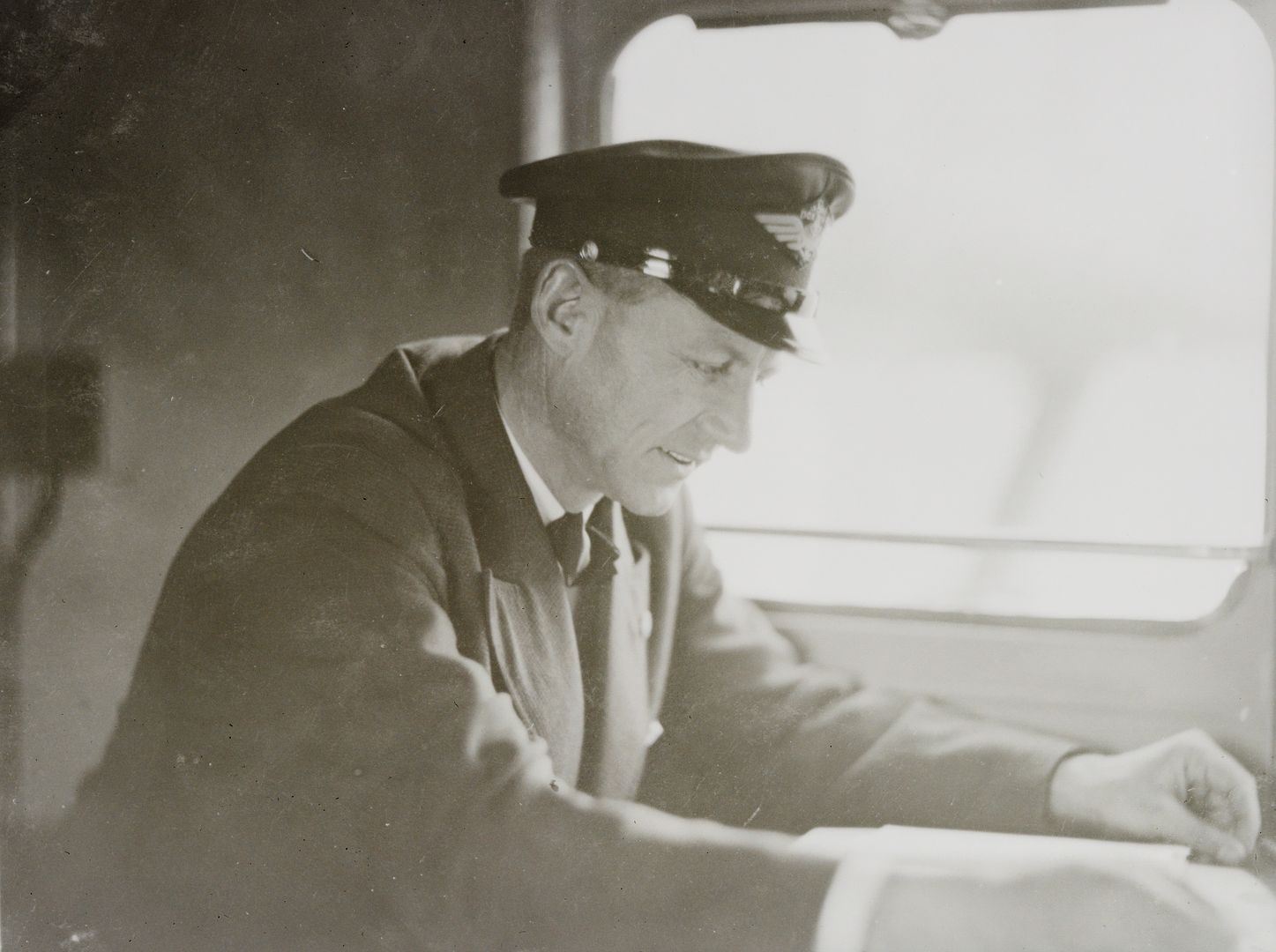
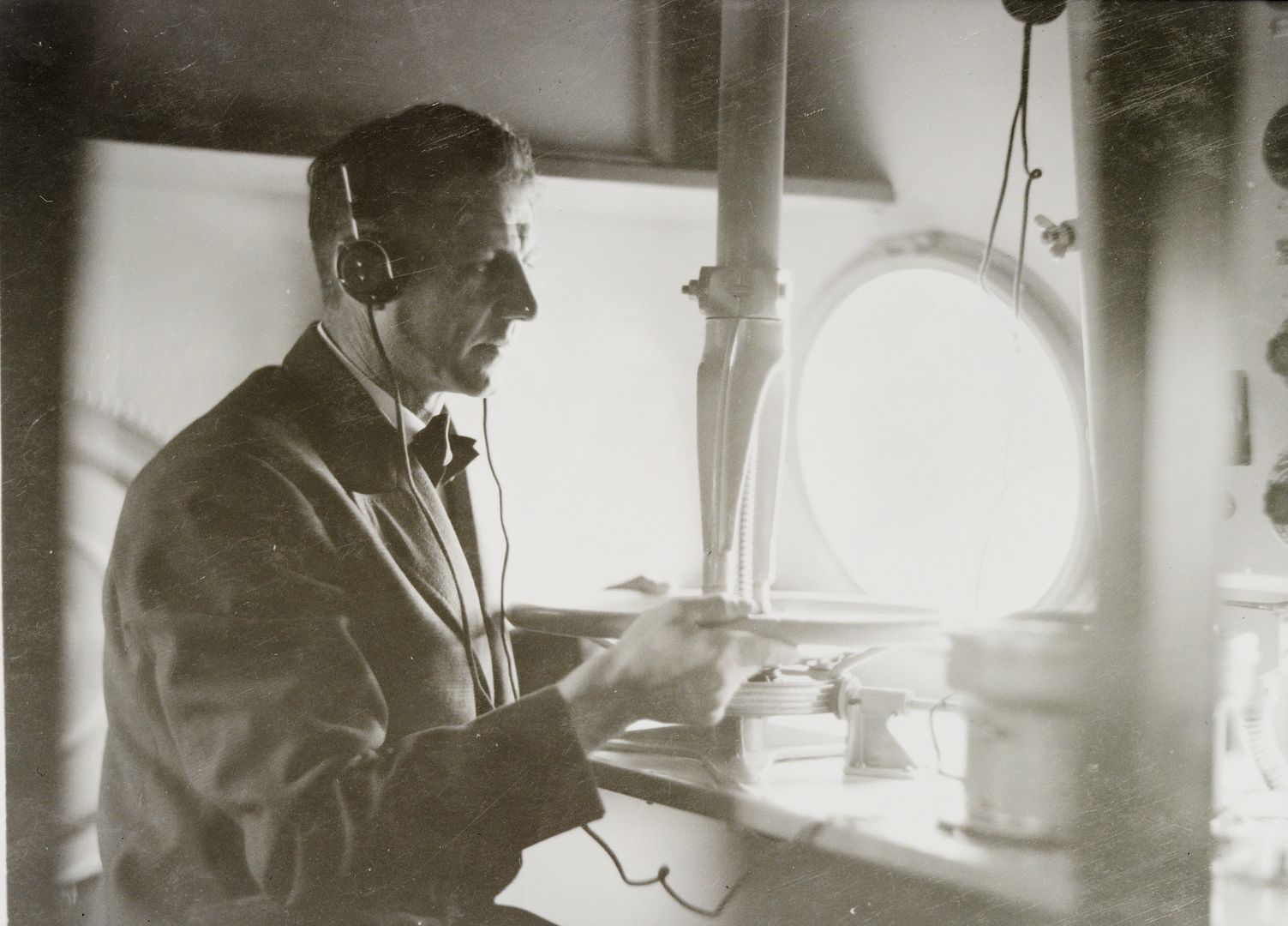
The route took the Do X to the Netherlands, England, France, Spain, and Portugal. The journey was interrupted at Lisbon on 29 November, when a tarpaulin made contact with a hot exhaust pipe and started a fire that consumed most of the left wing. After sitting in Lisbon harbor for six weeks while new parts were fabricated and the damage repaired, the flying boat continued (with several further mishaps and delays) along the Western coast of Africa and by 5 June 1931 had reached the islands of Cape Verde, from which it crossed the ocean to Natal in Brazil, where the crew were greeted as heroes by the local German ?migr? communities.
The flight continued north via San Juan to the United States, reaching New York on 27 August 1931, almost nine months after departing Friedrichshafen. The Do X and crew spent the next nine months there as its engines were overhauled, and thousands of sightseers made the trip to Glenn Curtiss Airport (now LaGuardia Airport) to tour the leviathan of the air. The economic effects of the Great Depression dashed Dornier's marketing plans for the Do X, and it departed from New York on 21 May 1932 flying via Newfoundland and the Azores to M?ggelsee, Berlin where it arrived on 24 May and was met by a cheering crowd of 200,000.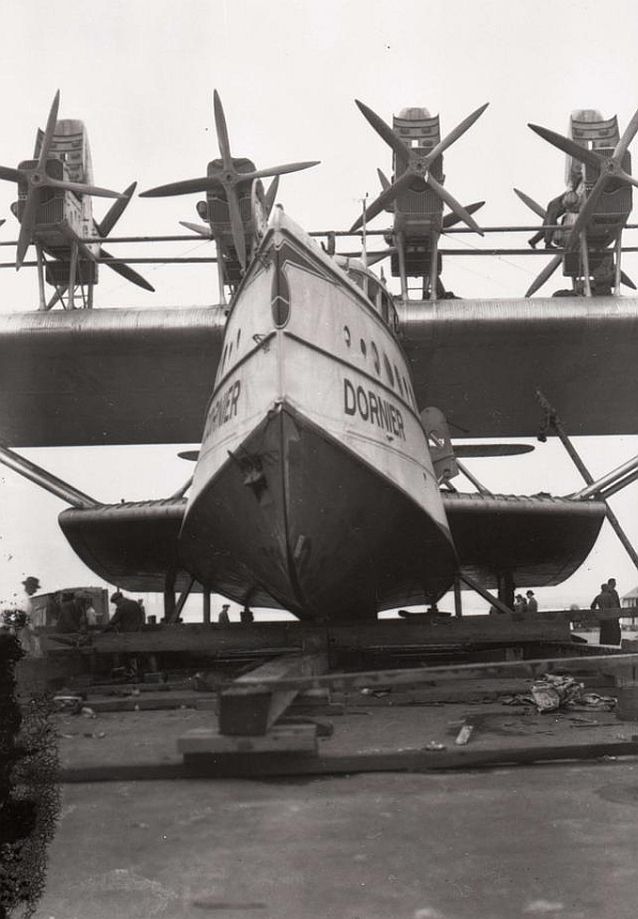
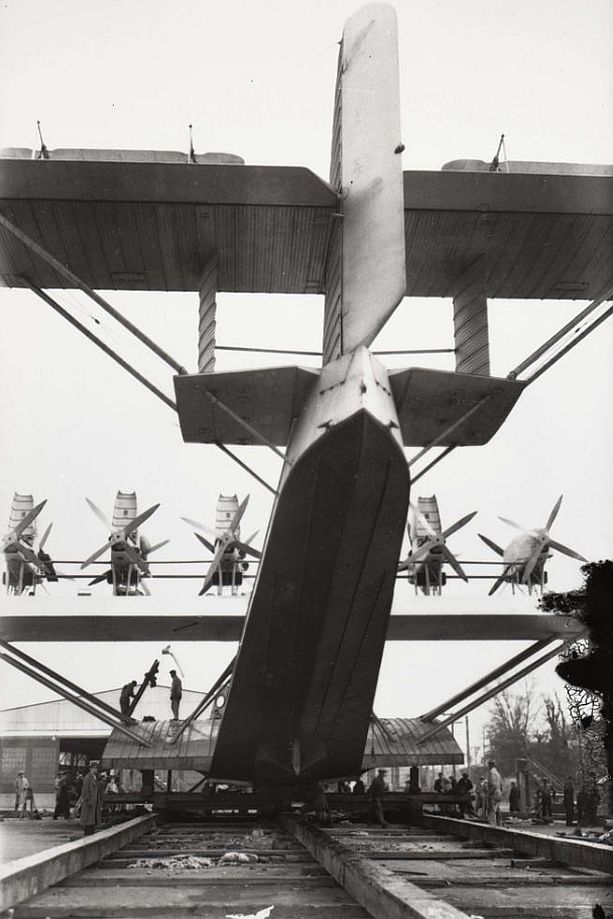
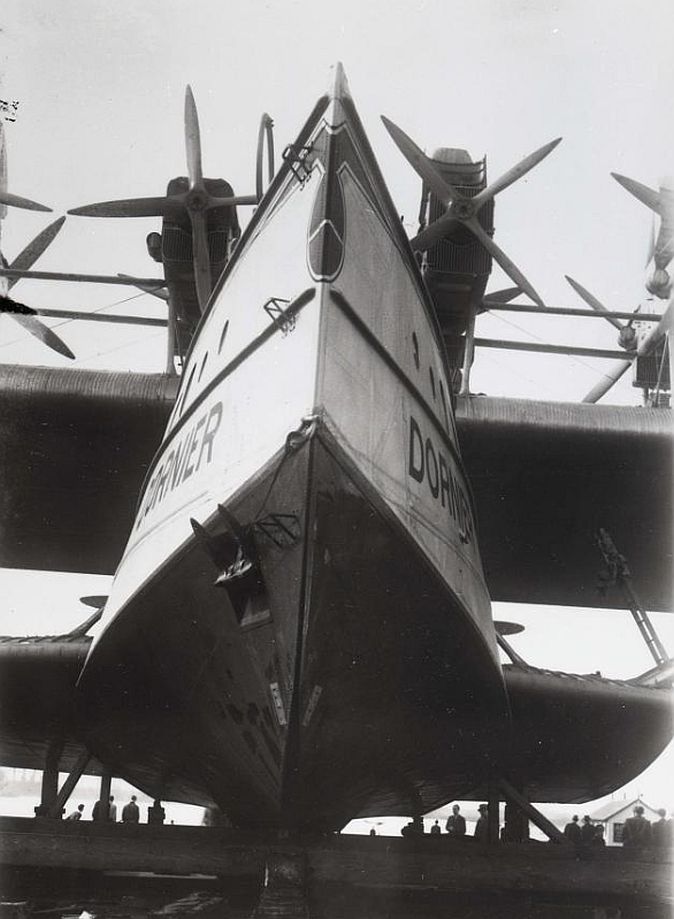


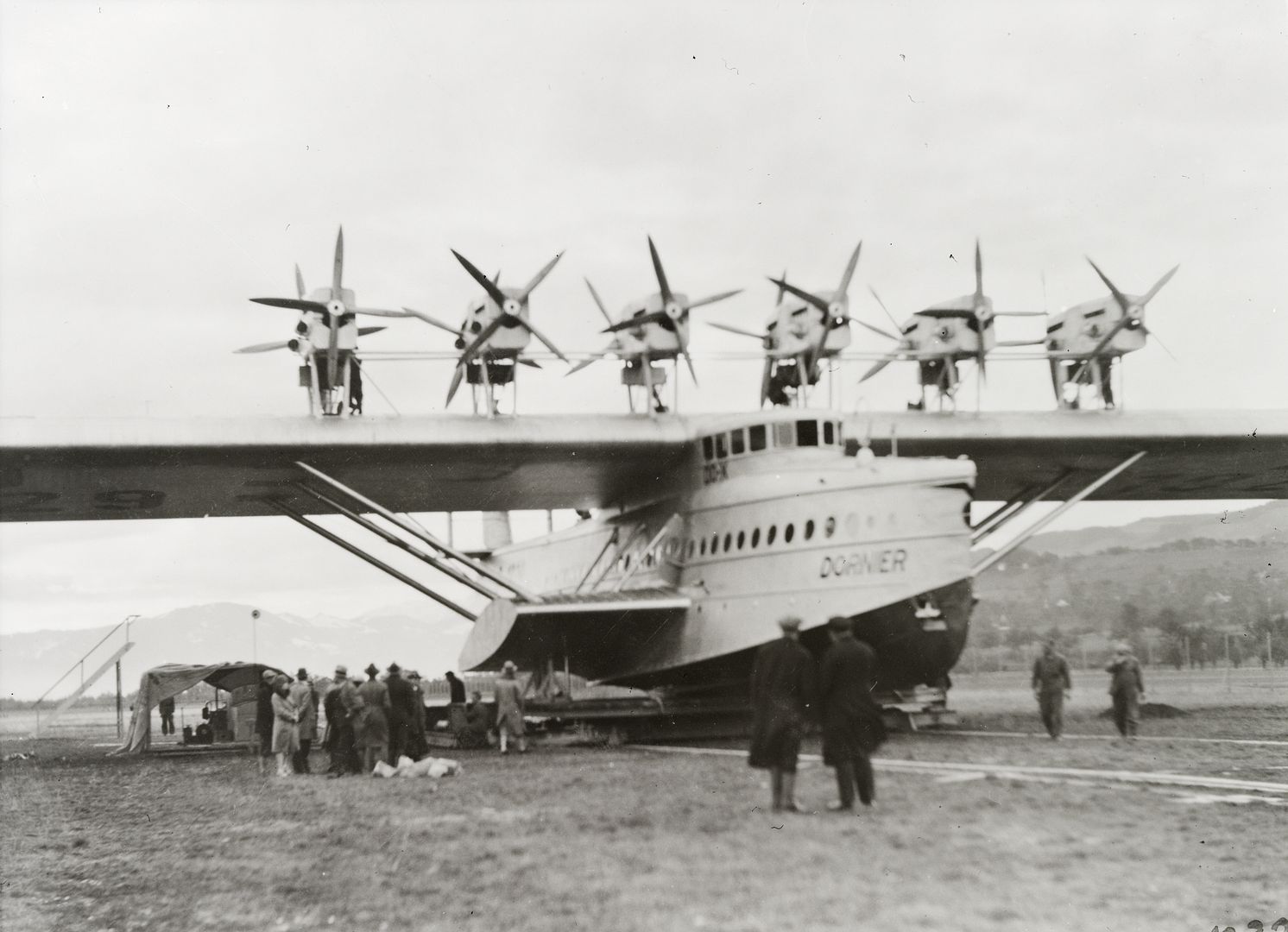
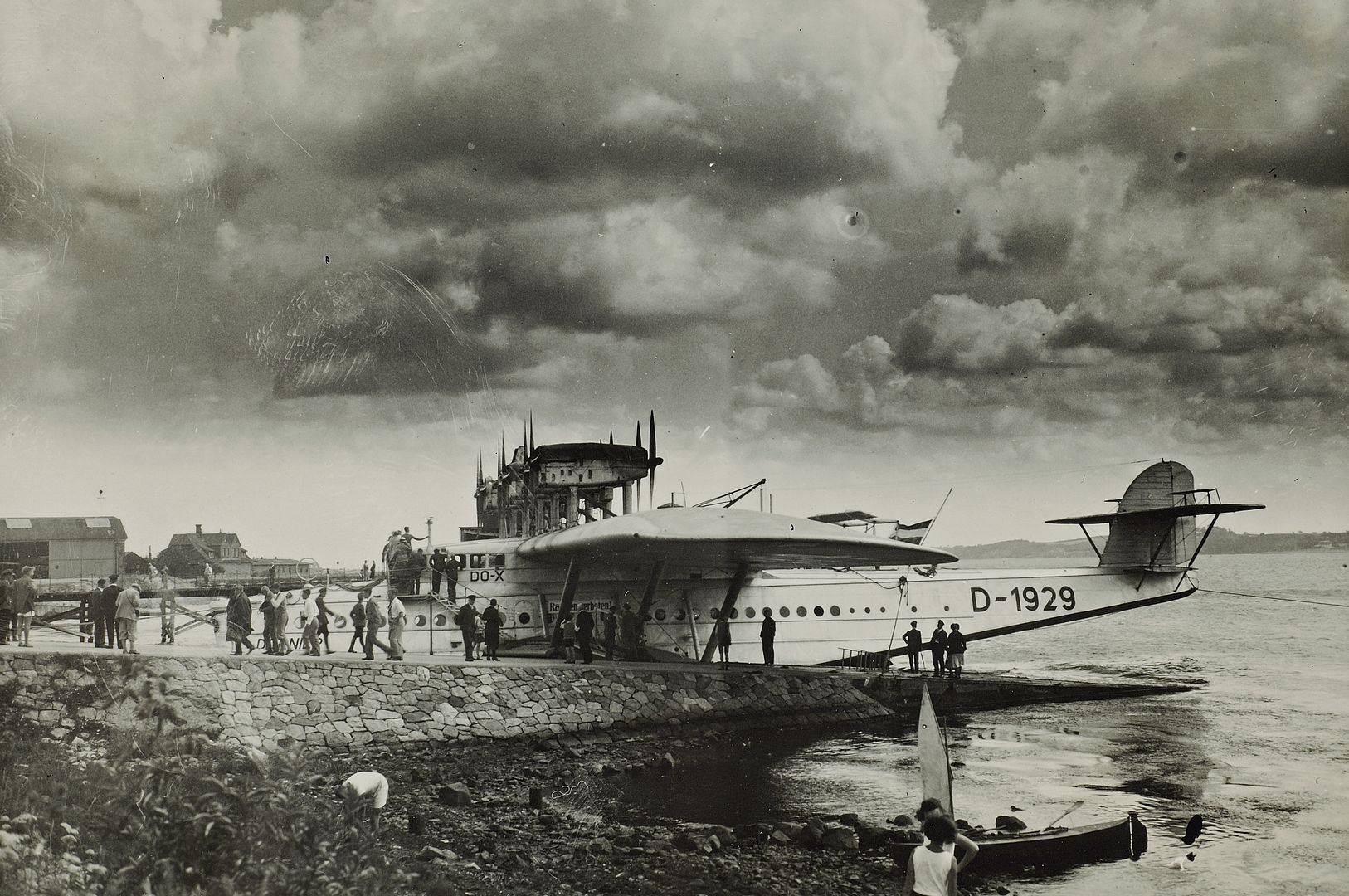
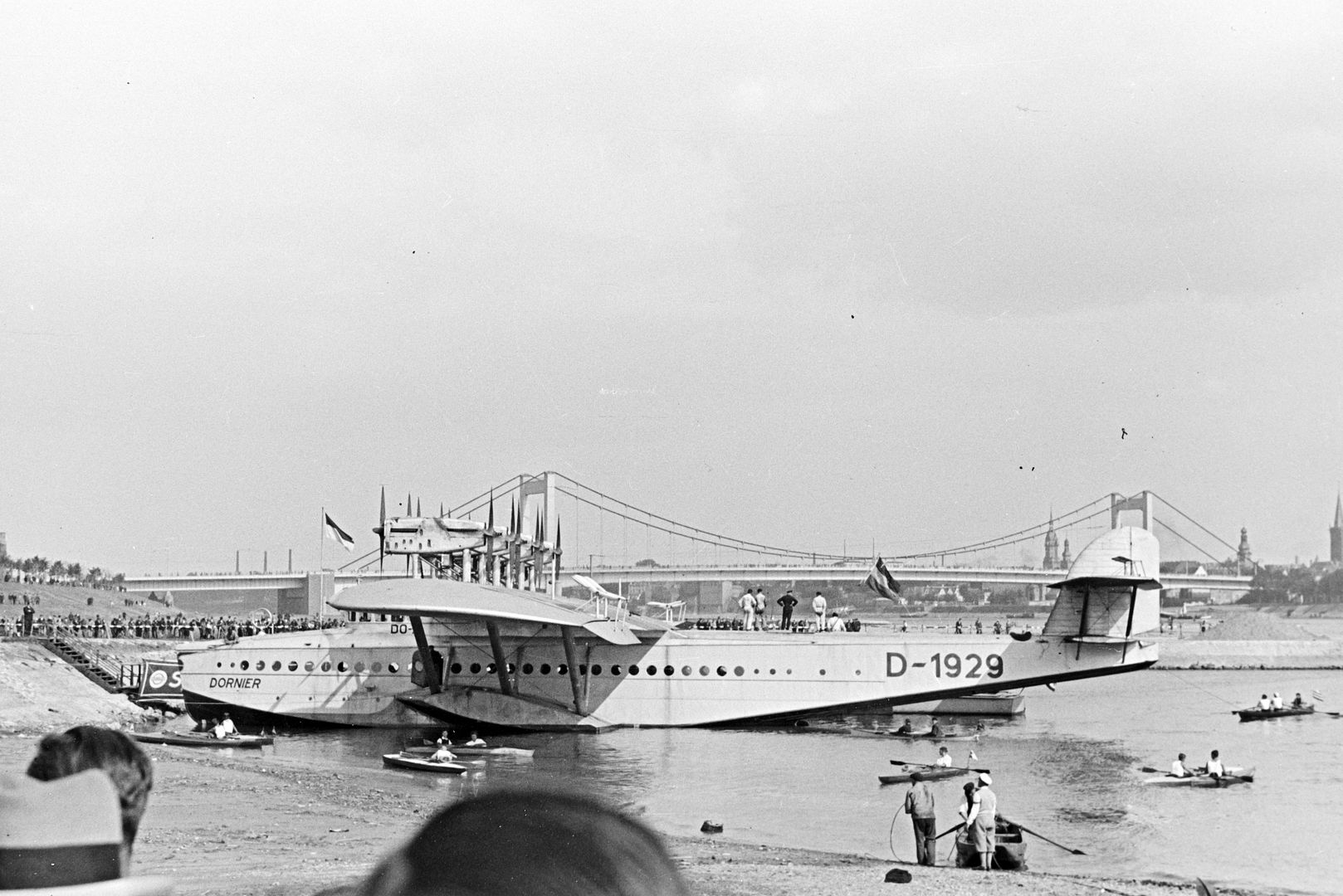
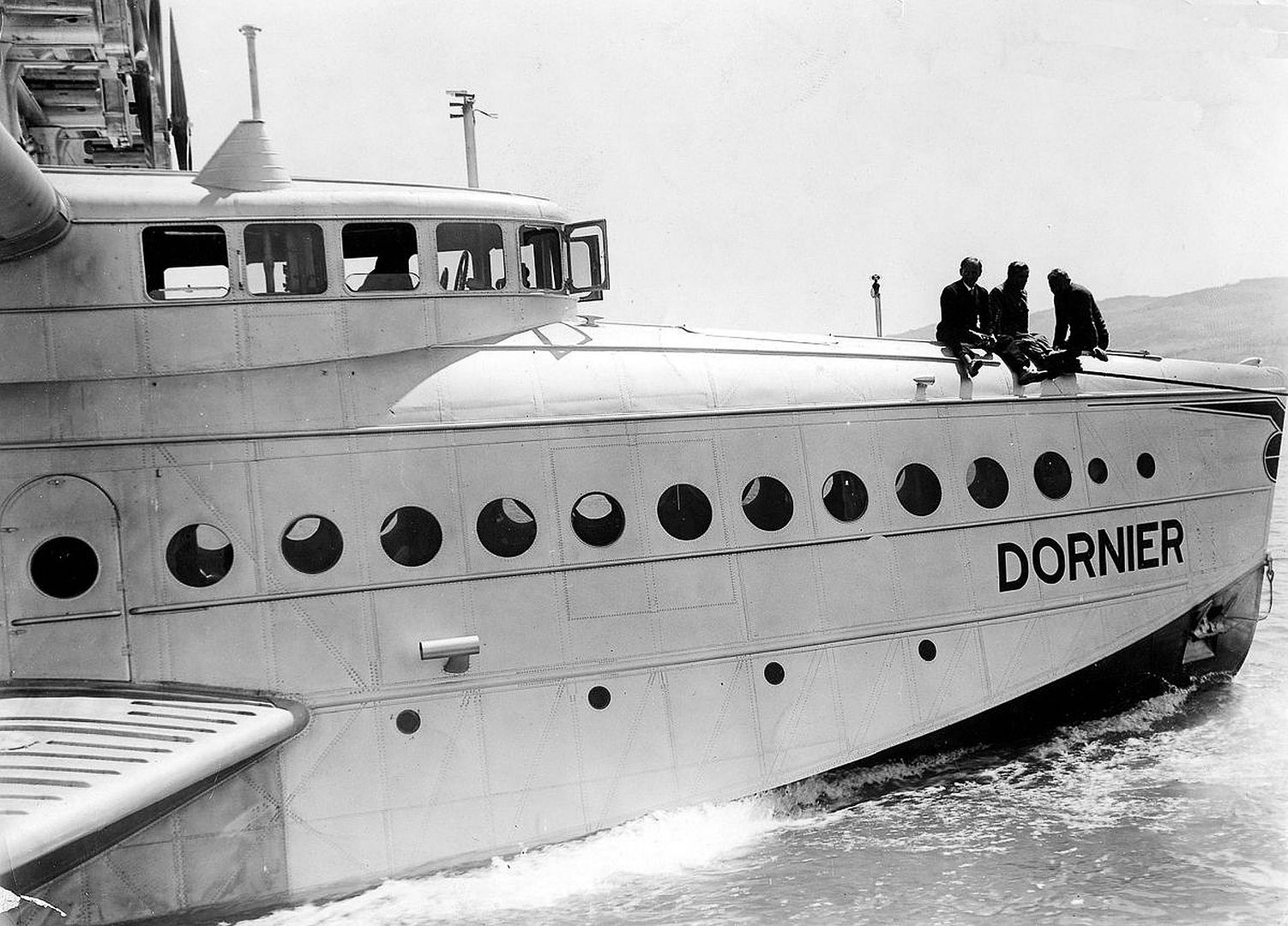
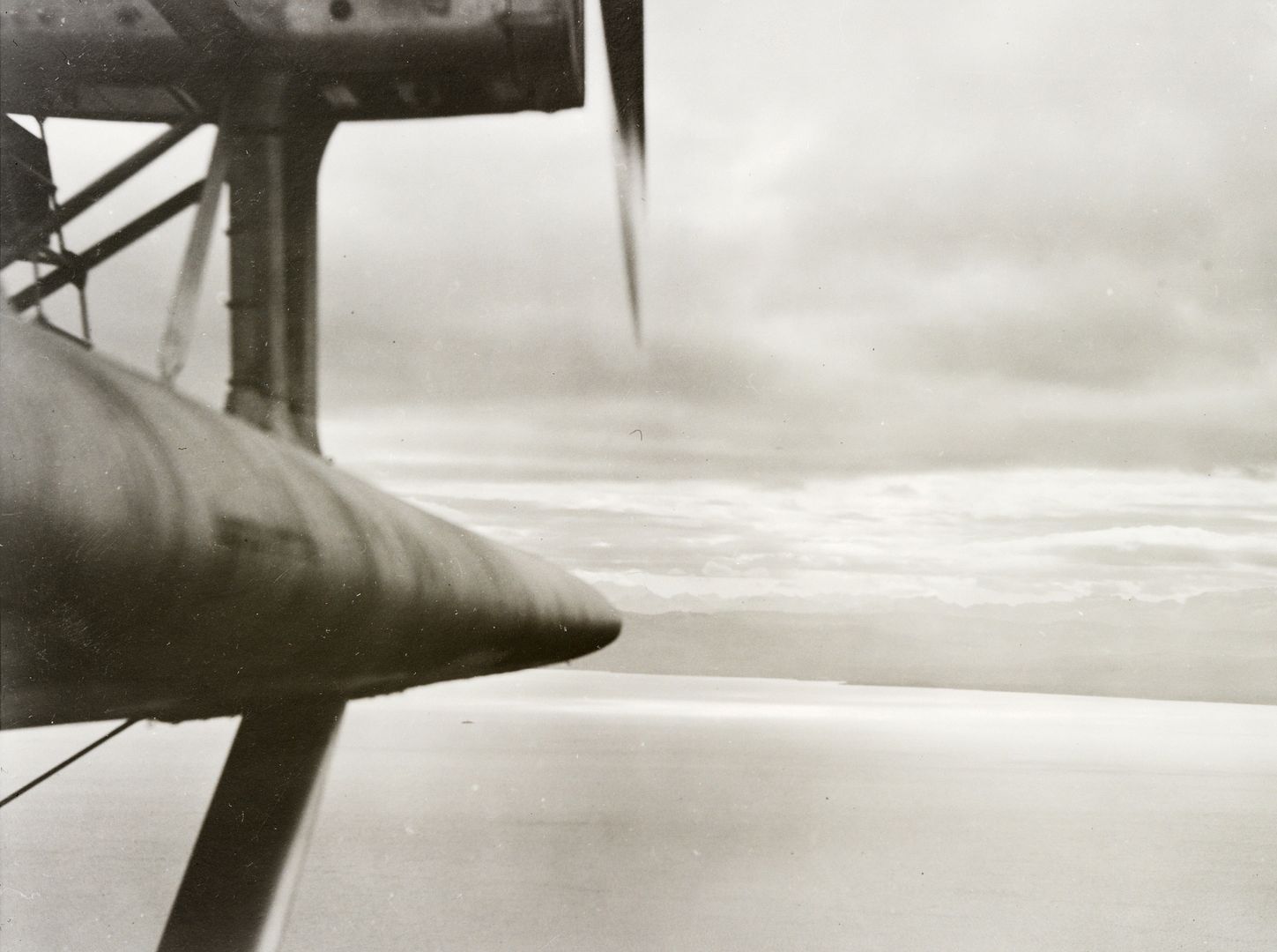




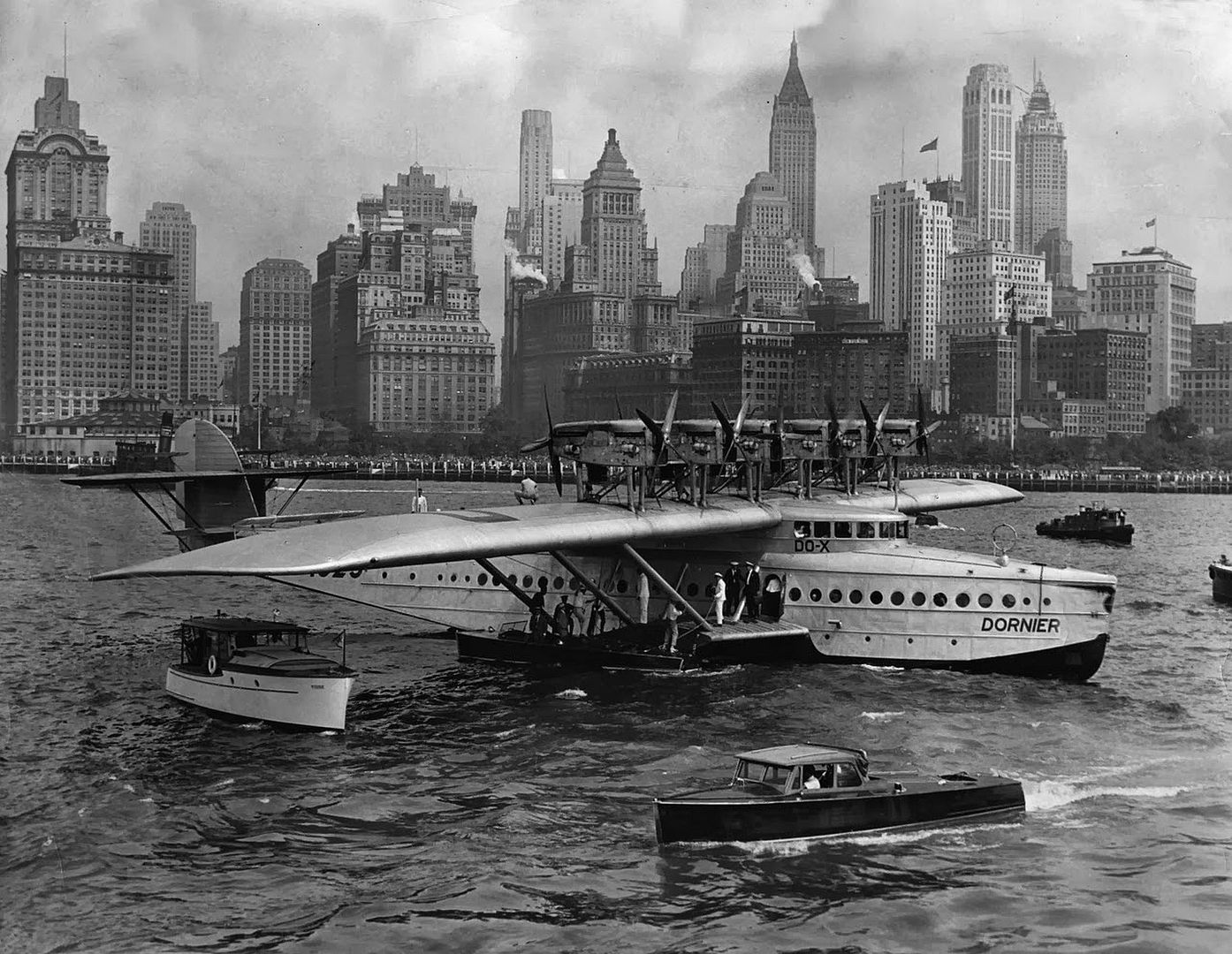
Final fate
Germany's original Do X was turned over to Deutsche Luft Hansa, the national airline at that time, after the financially strapped Dornier Company could no longer operate it. After a successful 1932 tour of German coastal cities, Luft Hansa planned a Do X flight to Vienna, Budapest, and Istanbul for 1933. The voyage ended after nine days when the flying boat's tail section tore off during a botched, over-steep landing on a reservoir lake near Passau. While the fiasco was successfully covered up, the Do X was out of service for three years, during which time it changed hands several times before reappearing in 1936 in Berlin, Hormann writes "Am 5.September 1933 flog Chefeinflieger Wagner die DO-X zum Bodensee zur?ck. Mit dem Fiasko von Passau begann f?r DO-X der Weg ins Museum." ("On 5 September 1933 chief test pilot Wagner flew the DO-X back to the Bodensee (Lake Constance). The Passau fiasco started the DO-X's trip to the museum.") The Do X then became the centerpiece of Germany's new aviation museum Deutsche Luftfahrt-Sammlung at Lehrter Bahnhof.
The Do X remained an exhibit until it was destroyed in an RAF air raid during World War II on the night of 23?24 November 1943. Fragments of the torn-off tail section are on display at the Dornier Museum in Friedrichshafen. While never a commercial success, the Dornier Do X was the largest heavier-than-air aircraft of its time, a pioneer in demonstrating the potential of an international passenger air service. A successor, the Do-20, was envisioned by Dornier, but never advanced beyond the design study stage.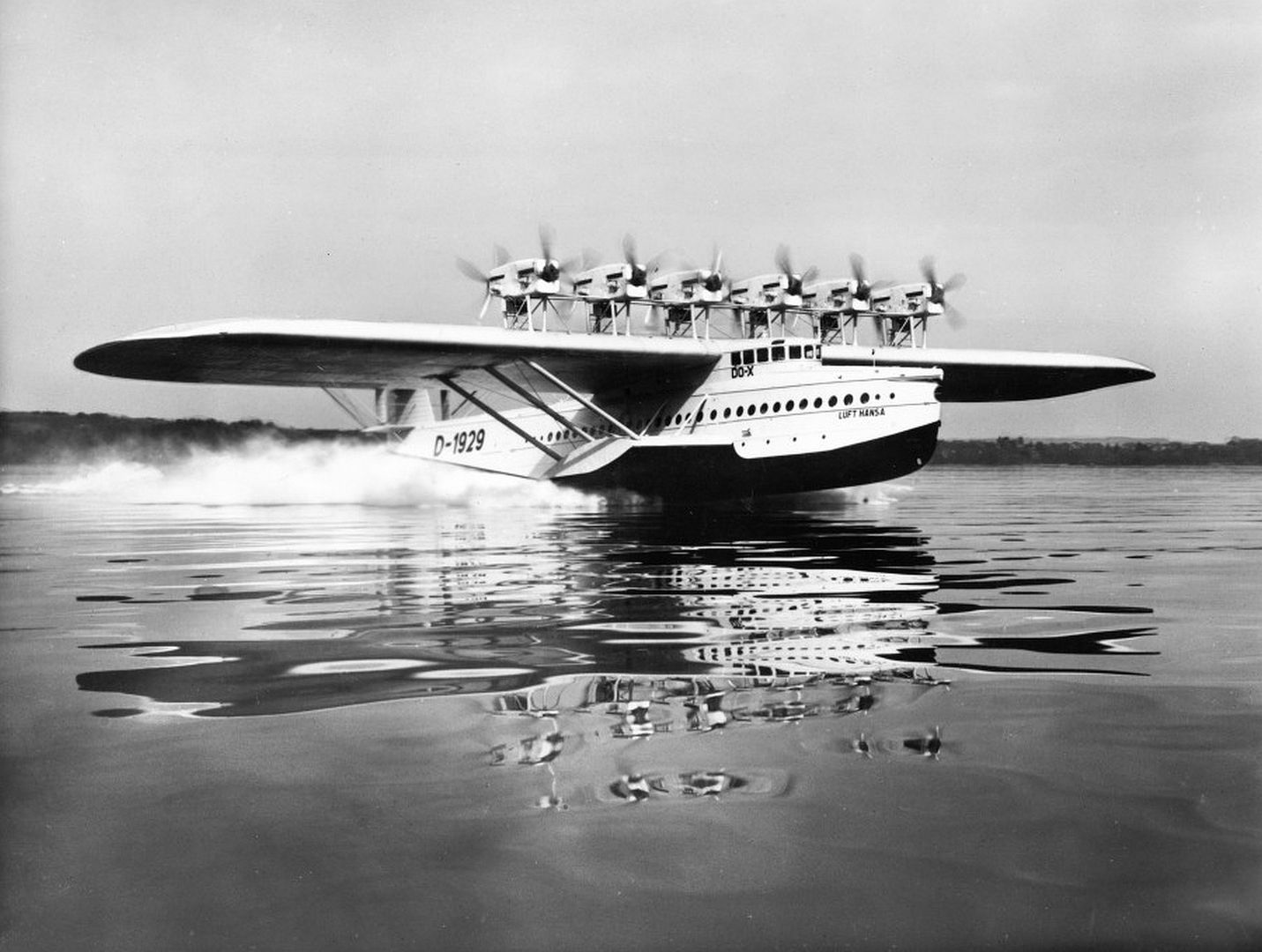
Further models
Three Do Xs were constructed in total: the original operated by Dornier, and two other machines based on orders from Italy ? the X2, named Umberto Maddalena (registered I-REDI), and X3, named Alessandro Guidoni (registered I-ABBN). The Italian variants were slightly larger and used a different powerplant and engine mounts. Dornier claimed the X2 was the largest aircraft in the world at that time. Each was powered by Fiat A-22R V12 water-cooled engines, with the six engine mounts being covered by a streamlined fairing. The Do X2 entered service in August 1931, and the X3 followed in May, 1932. Both were initially based at the seaplane station at La Spezia, on the Ligurian Sea, and reassigned to various other bases during their service.
Both orders originated with SANA, then the Italian state airline, but were requisitioned and used by the Italian Air Force primarily for prestige flights and public spectacles. After plans for a first-class passenger service (Genoa-Gibraltar) were deemed unfeasible, the X2 and X3 were used for officer training cruises, aeronaval maneuvers, and publicity flights.
In an accident identical to that of Lufthansa's Do X1a, the Do X2 lost its tail section in a botched landing only one month later. After scaling back flights and crew complements during 1934, they were mothballed at Marina di Pisa in 1935, and broken up for scrap in 1937.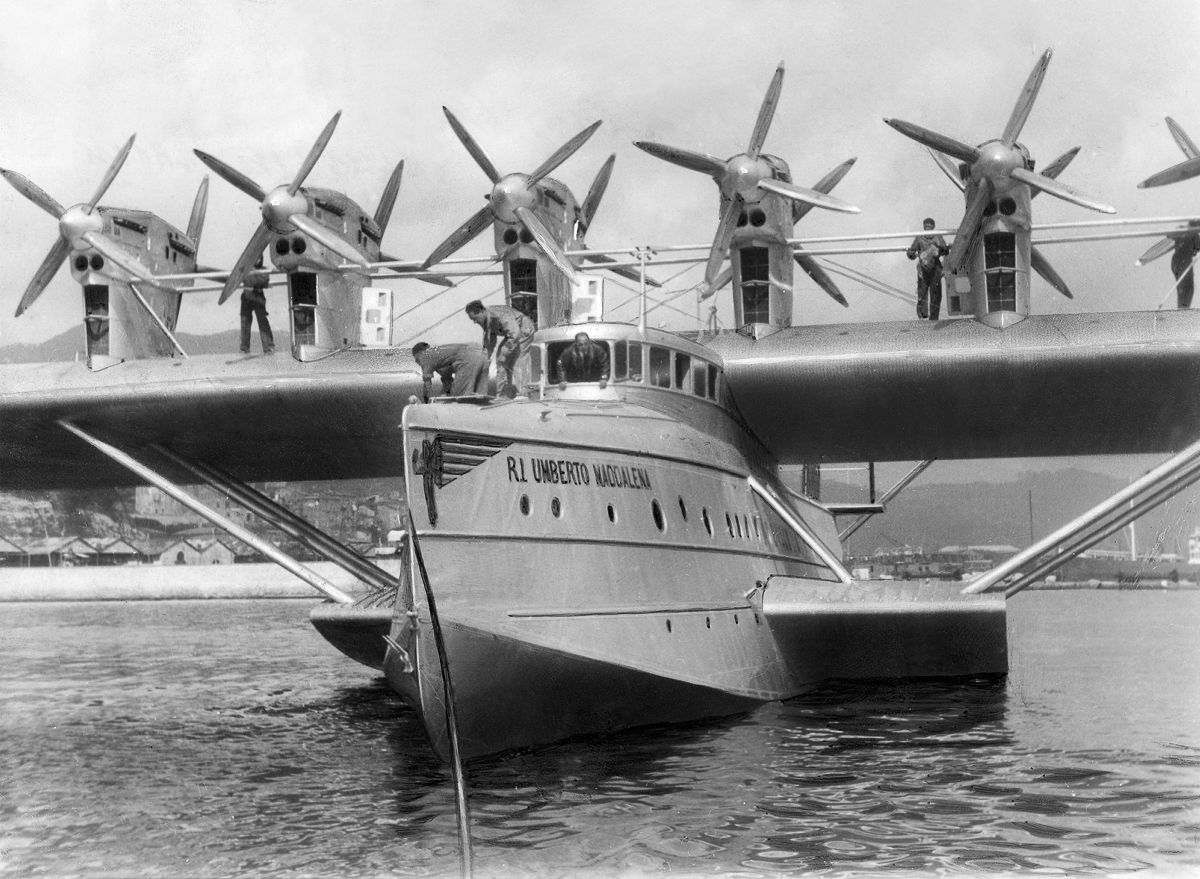
General characteristics
Crew: 10-14
Capacity: 66-100 passengers
Length: 40 m (131 ft 4 in)
Wingspan: 48 m (157 ft 5 in)
Height: 10.25 m (33 ft 7 in)
Wing area: 450 m2 (4,844 ft2)
Empty weight: 28,250 kg[13] (62,280 lb)
Max. takeoff weight: 56,000 kg (123,460 lb)
Powerplant: 12 ? Curtiss Conqueror water-cooled V12, 455 kW (610 hp) each
Performance
Maximum speed: 211 km/h (131 mph)
Cruise speed: 175 km/h (109 mph)
Range: 1,700 km (1,056 mi)
Service ceiling: 3200 m (10498 ft)
Wing loading: 94 kg/m2 (19.3 lb/sq ft) (at 46 tons weight)
Post a reply
- Go to Previous topic
- Go to Next topic
- Go to Welcome
- Go to Introduce Yourself
- Go to General Discussion
- Go to Screenshots, Images and Videos
- Go to Off topic
- Go to Works in Progress
- Go to Skinning Tips / Tutorials
- Go to Skin Requests
- Go to IJAAF Library
- Go to Luftwaffe Library
- Go to RAF Library
- Go to USAAF / USN Library
- Go to Misc Library
- Go to The Ops Room
- Go to Made in Germany
- Go to Campaigns and Missions
- Go to Works in Progress
- Go to Juri's Air-Raid Shelter
- Go to Campaigns and Missions
- Go to Works in Progress
- Go to Skinpacks
- Go to External Projects Discussion
- Go to Books & Resources
